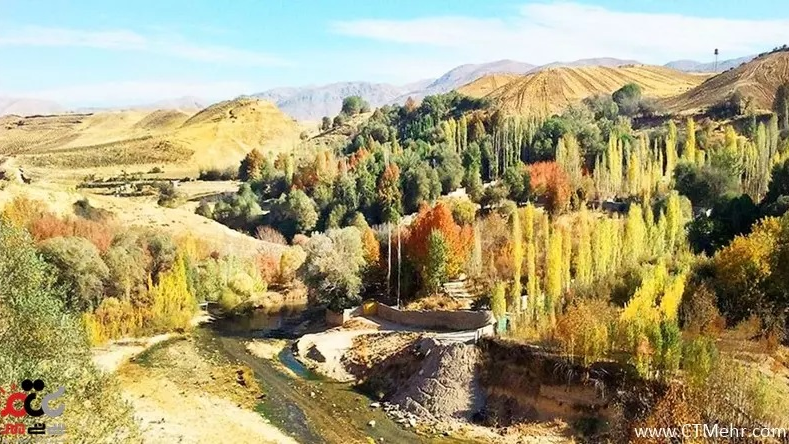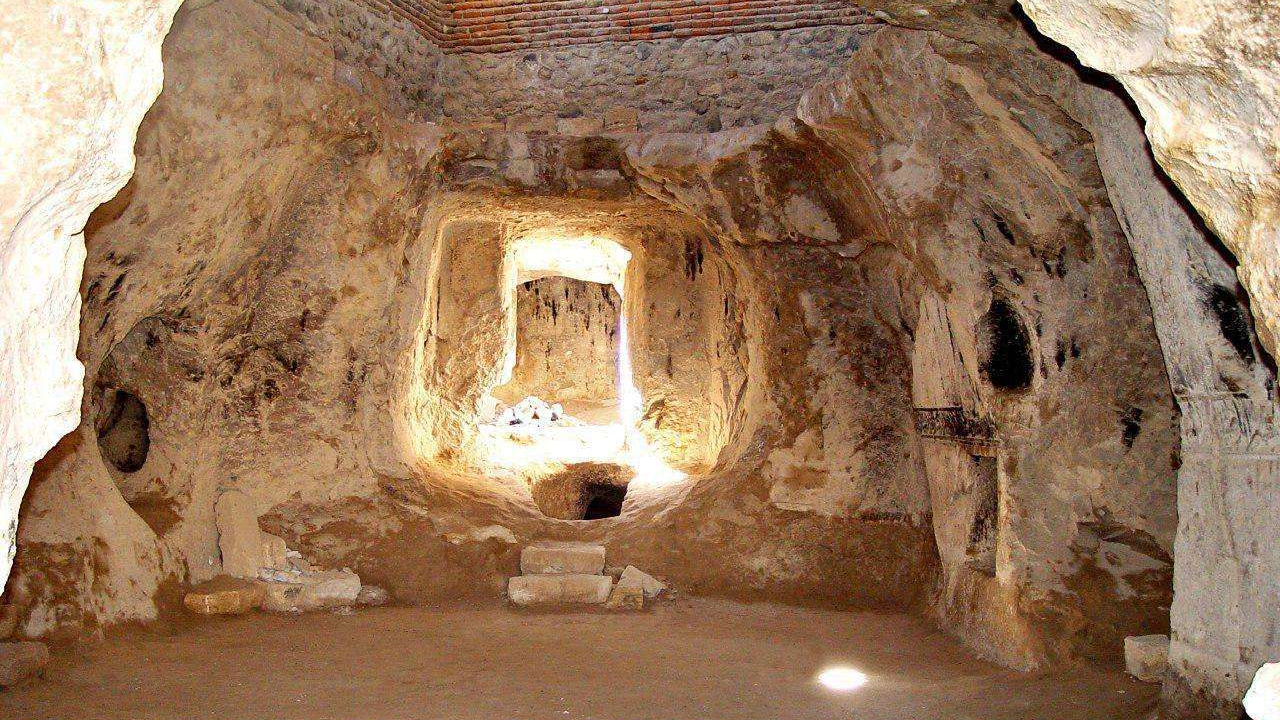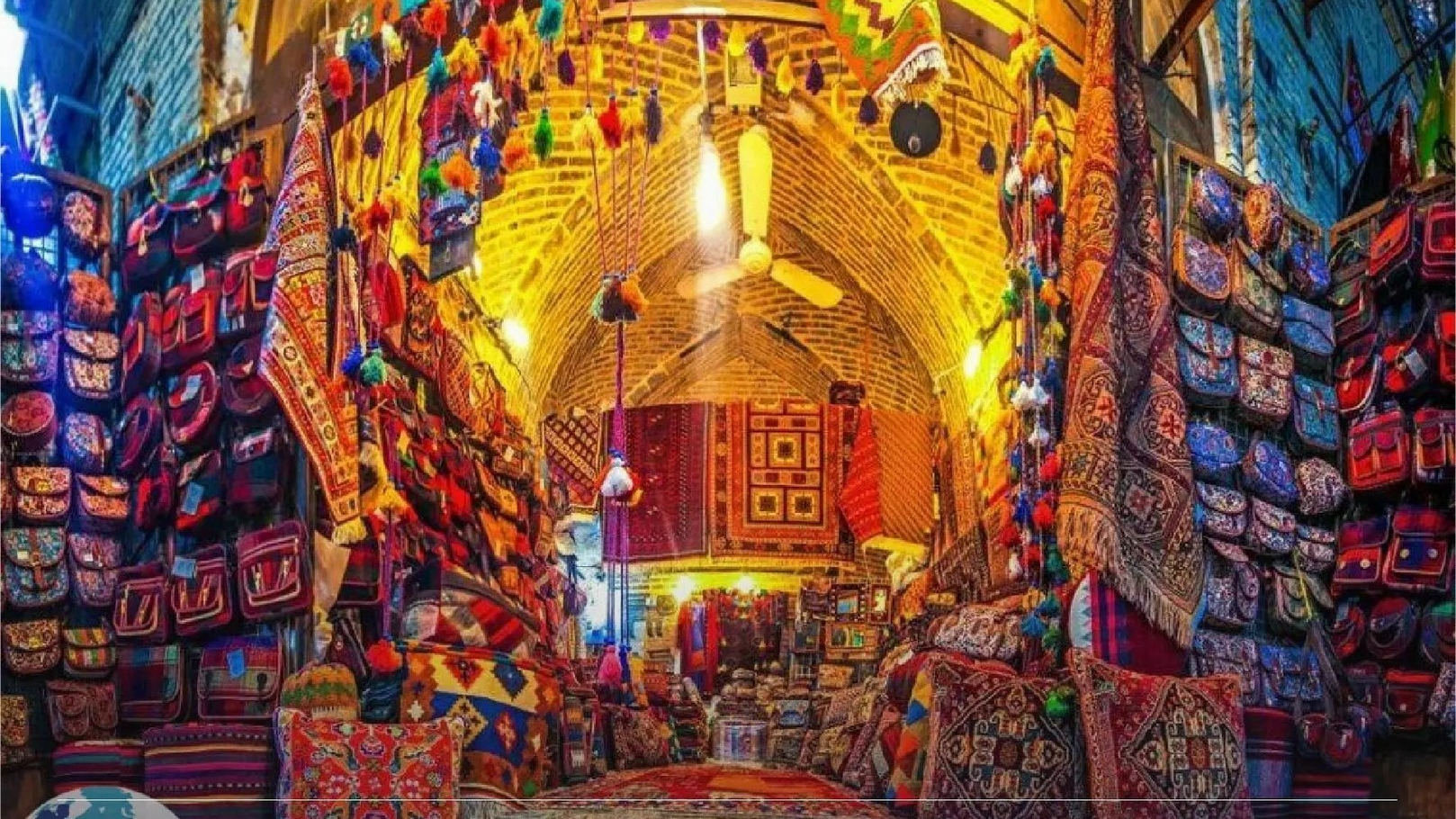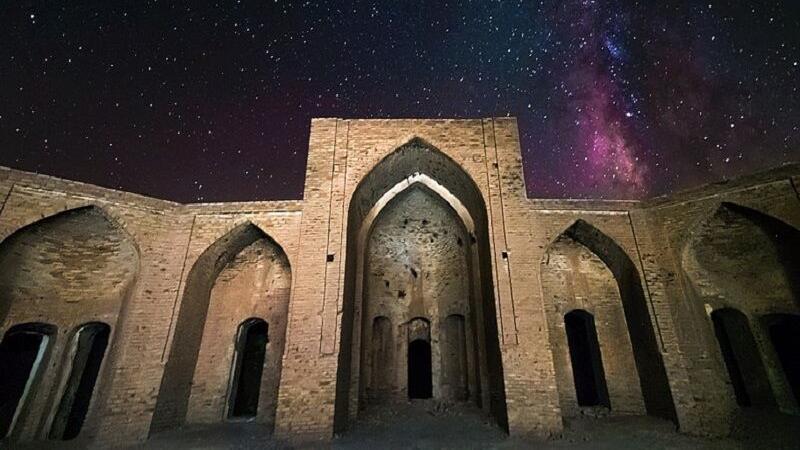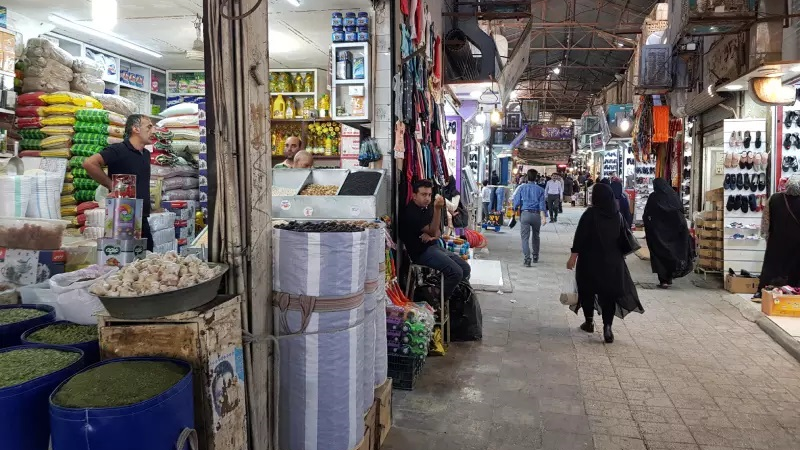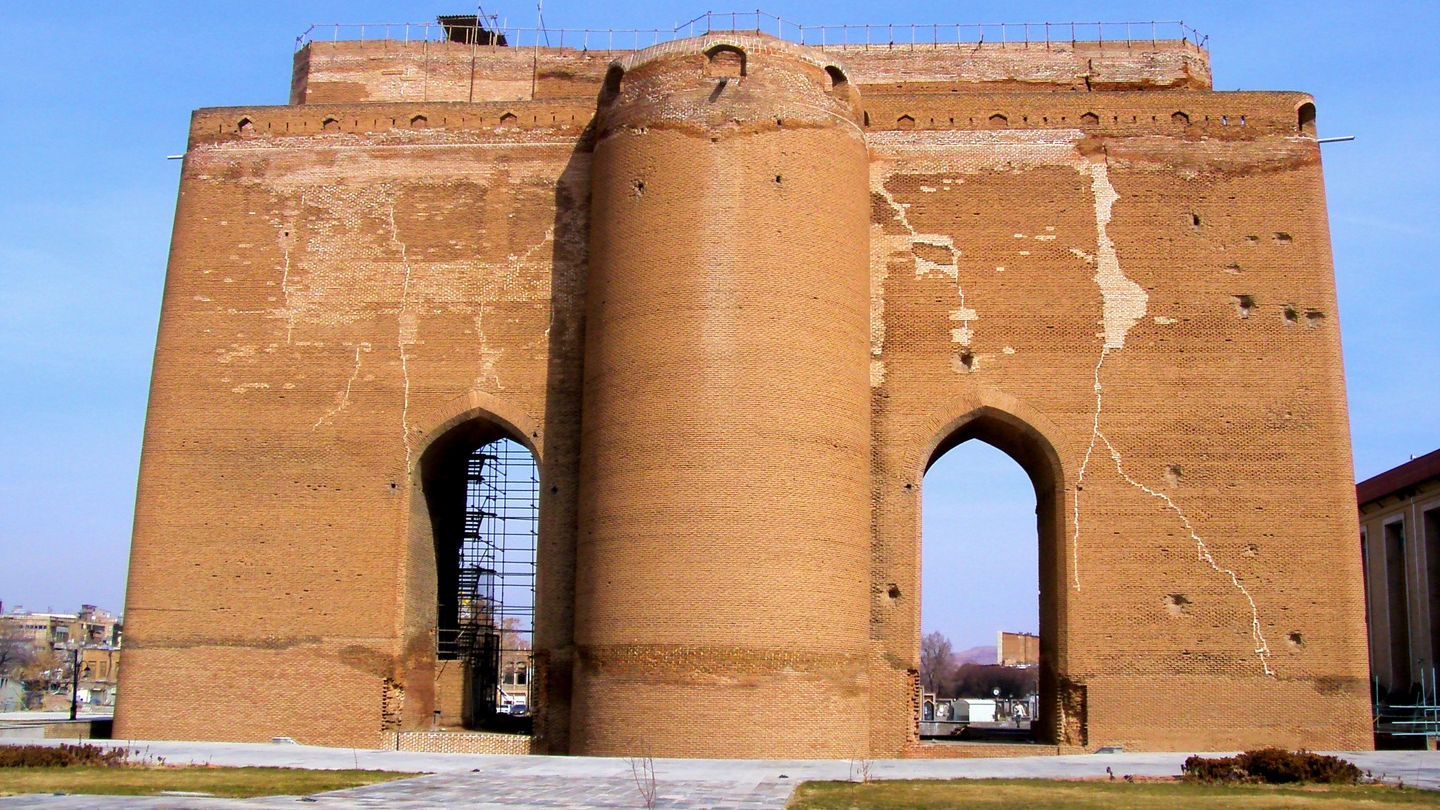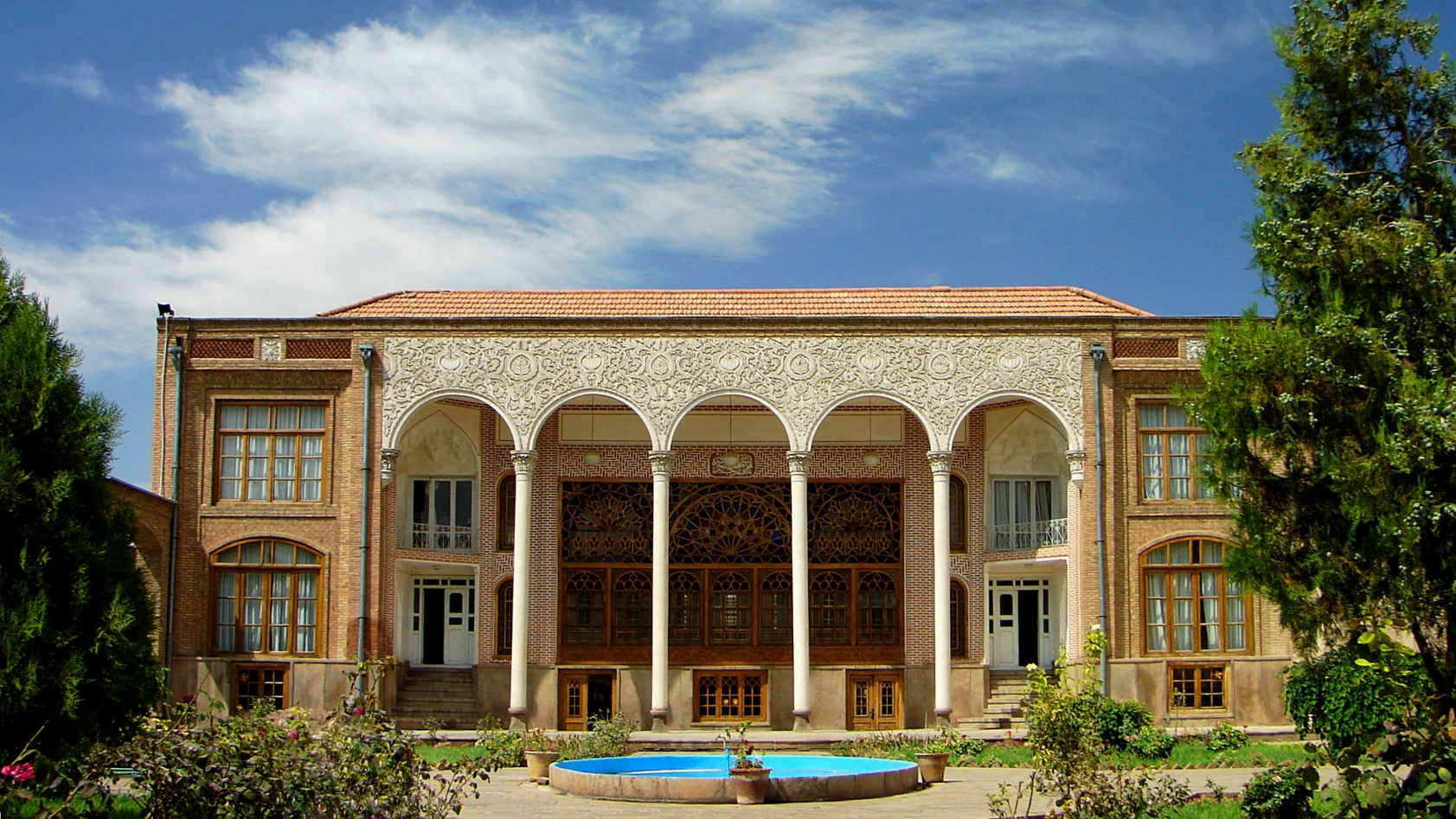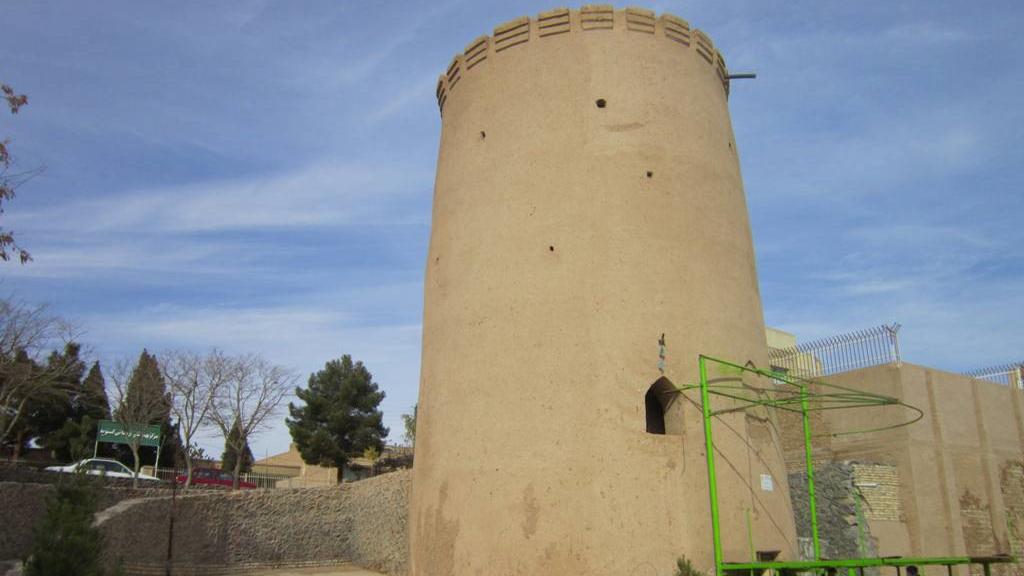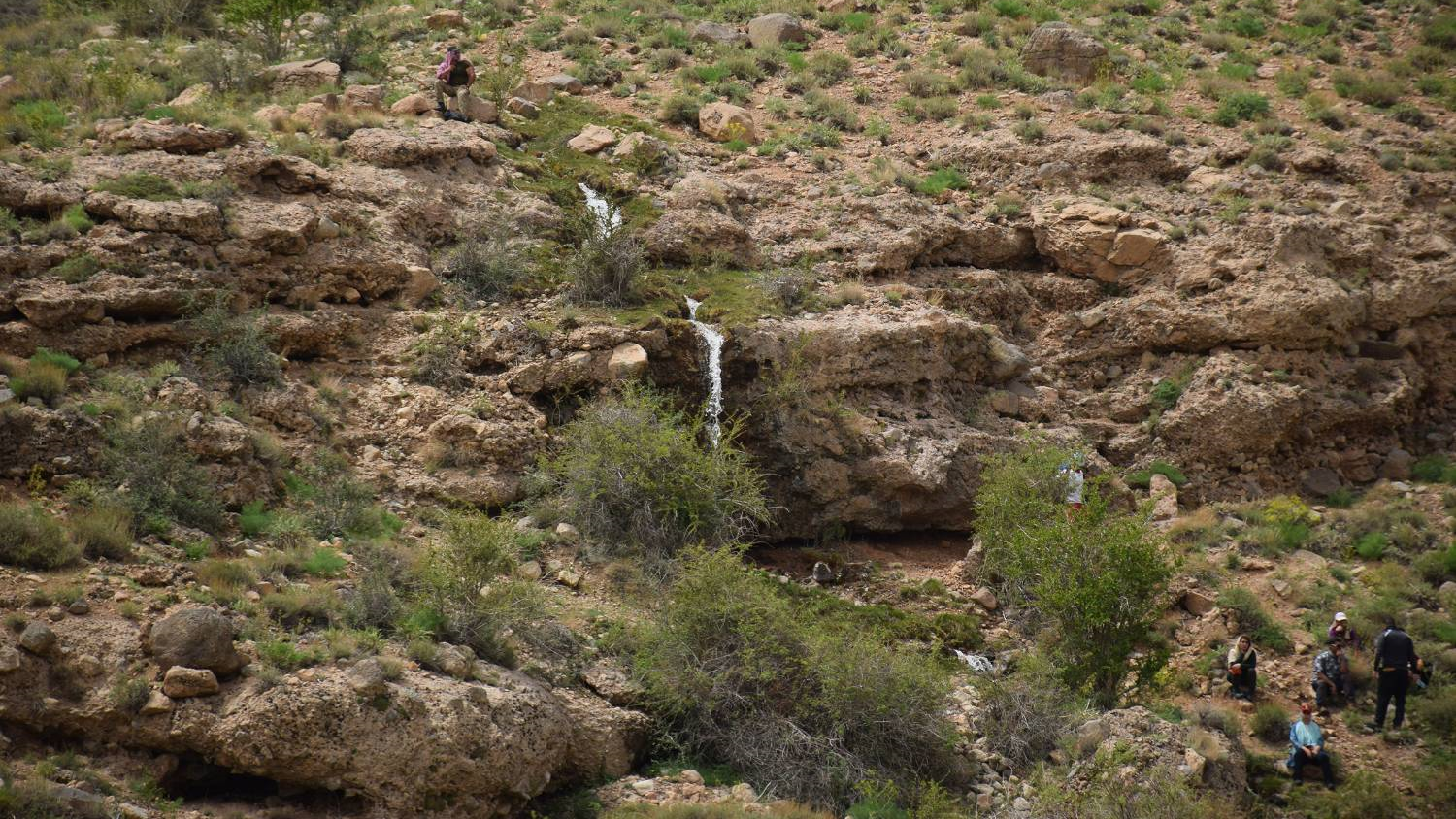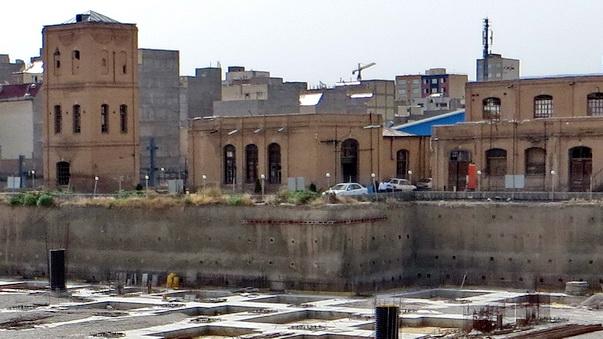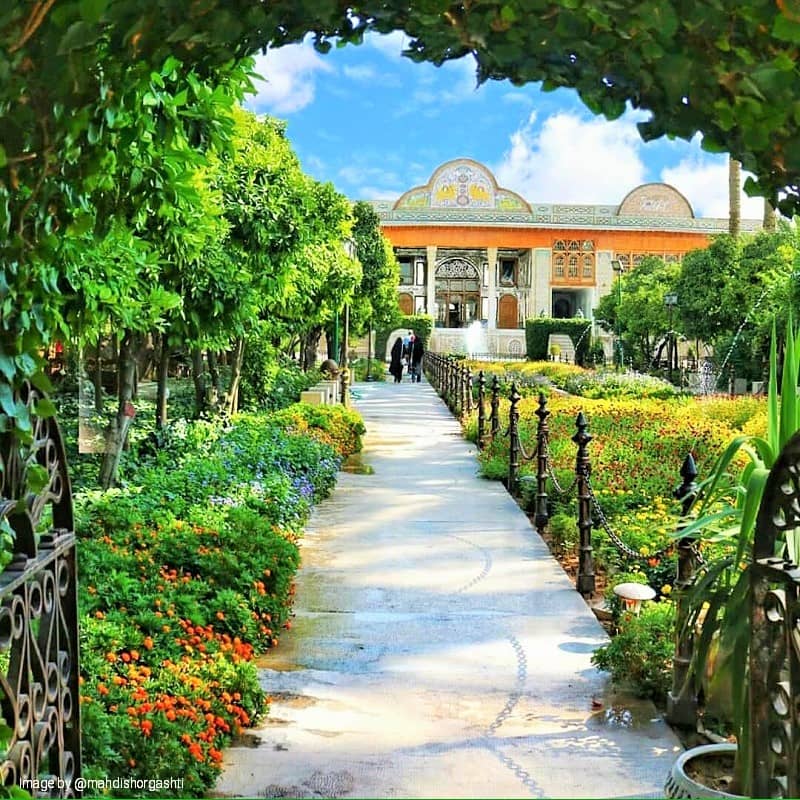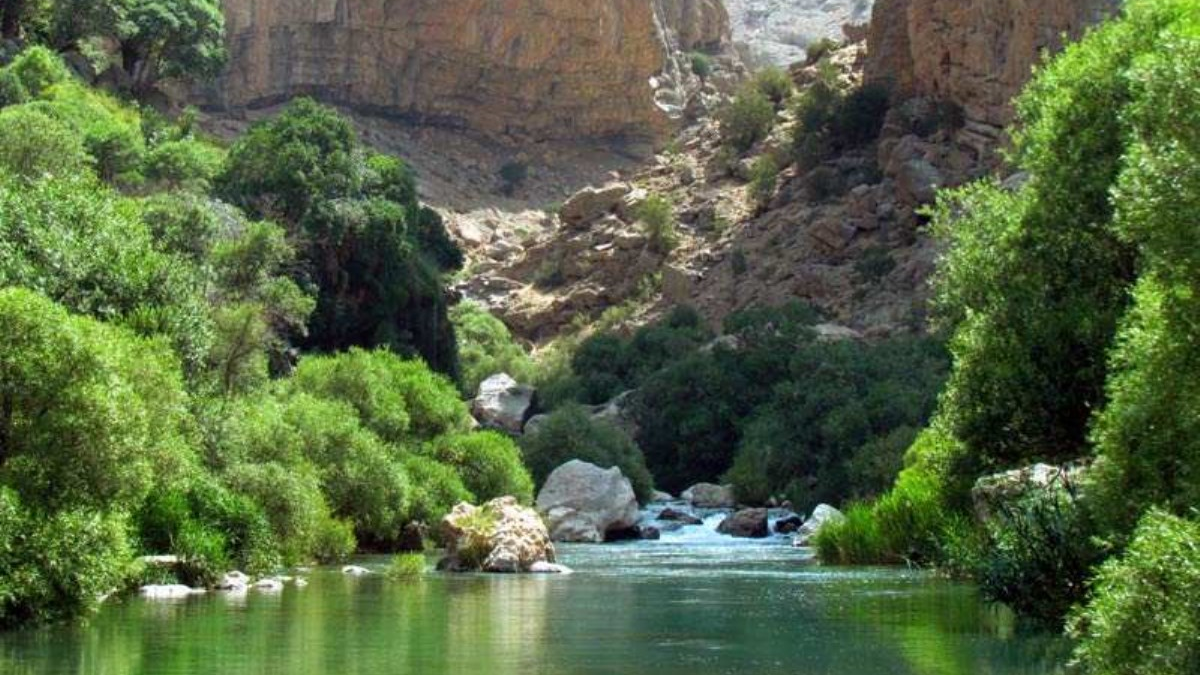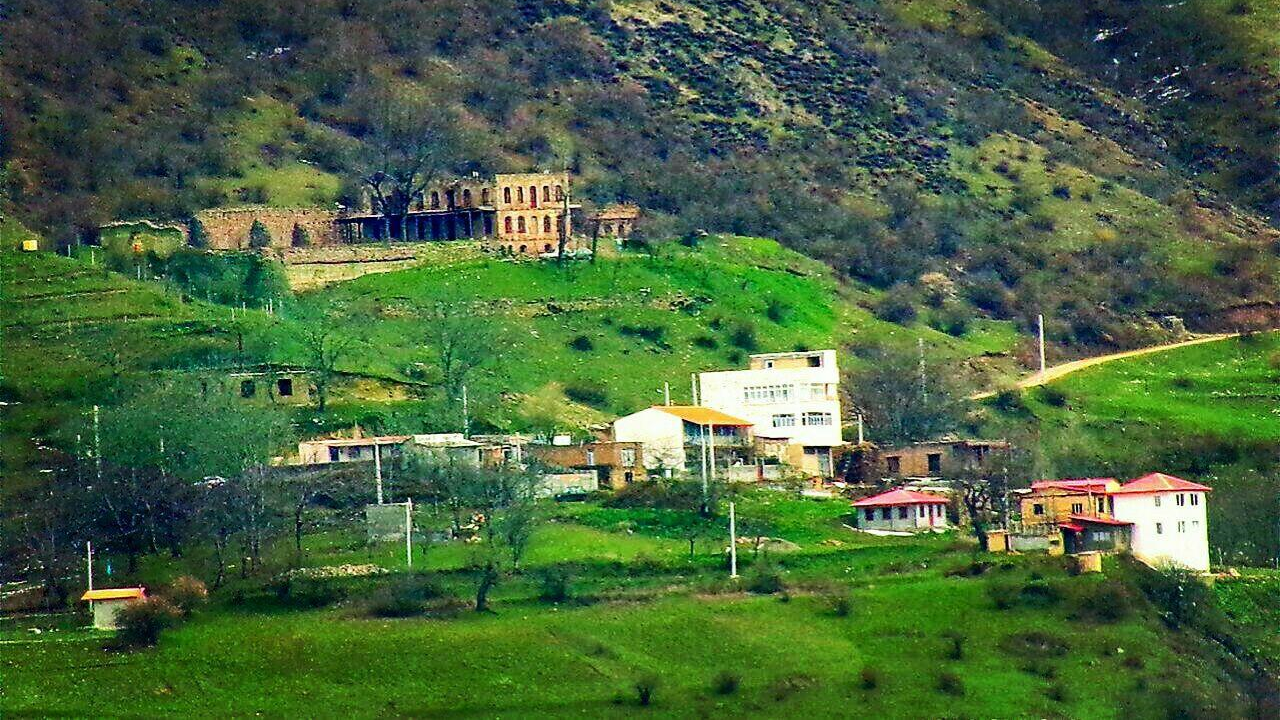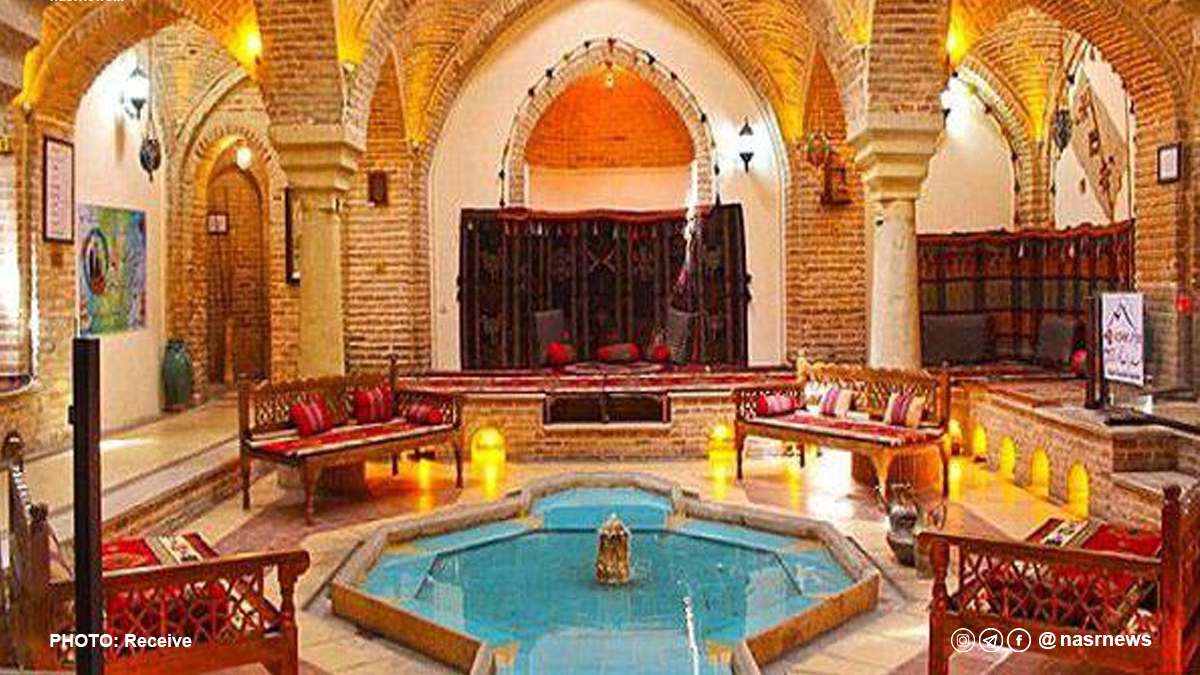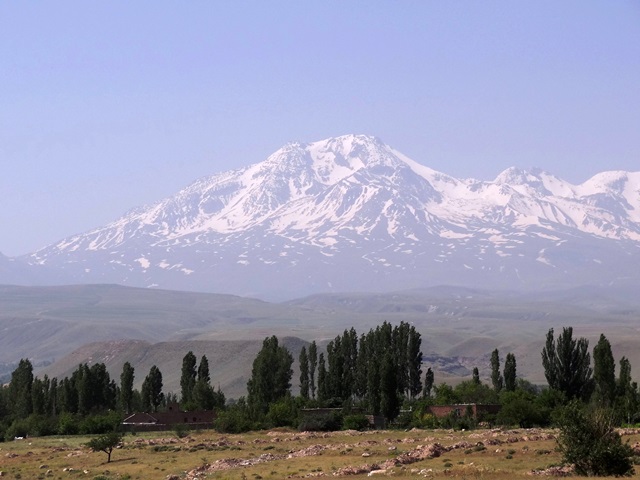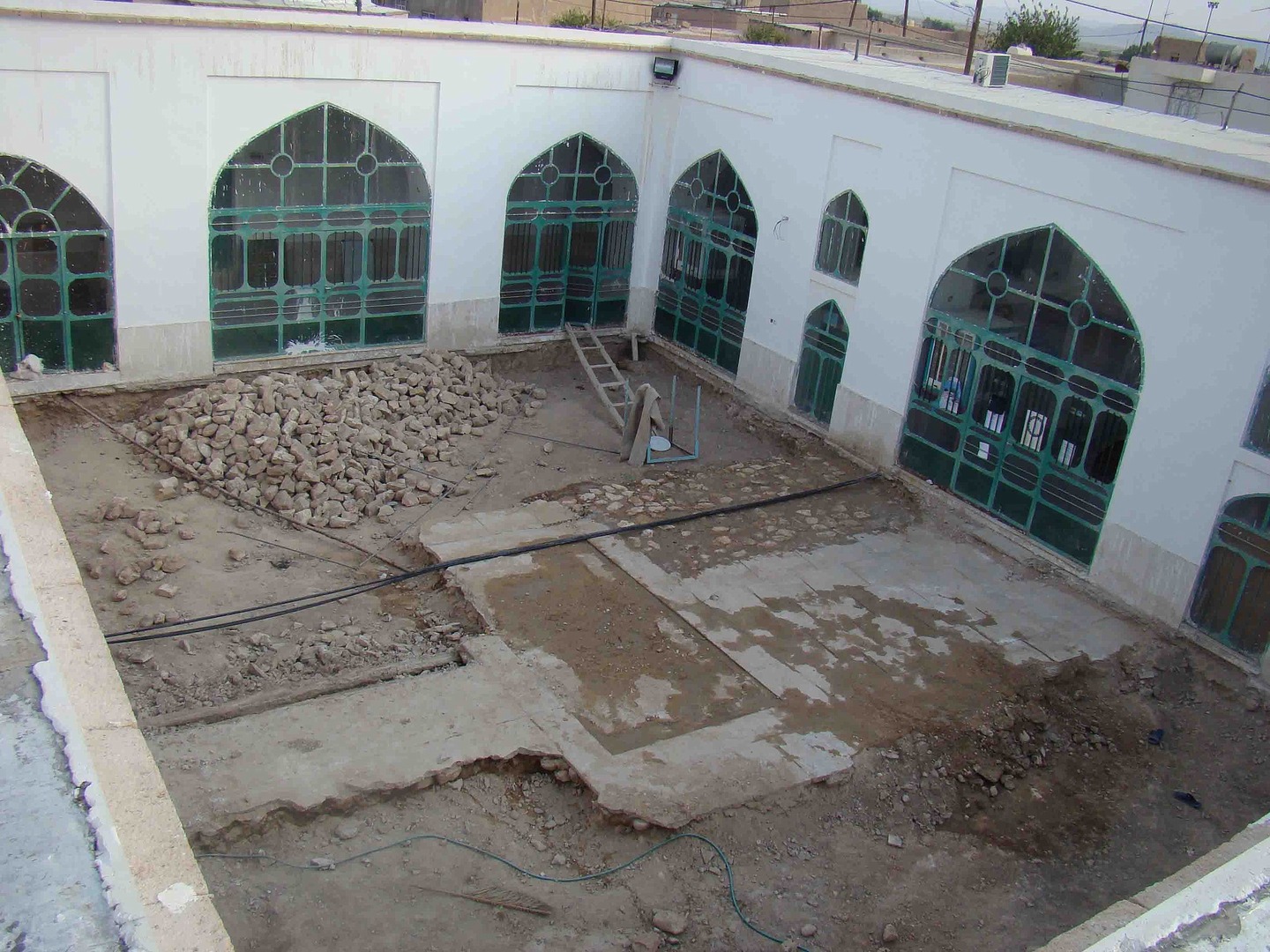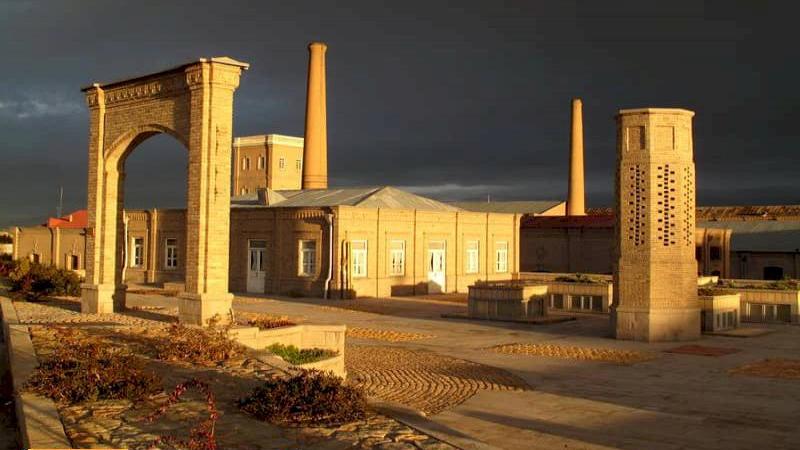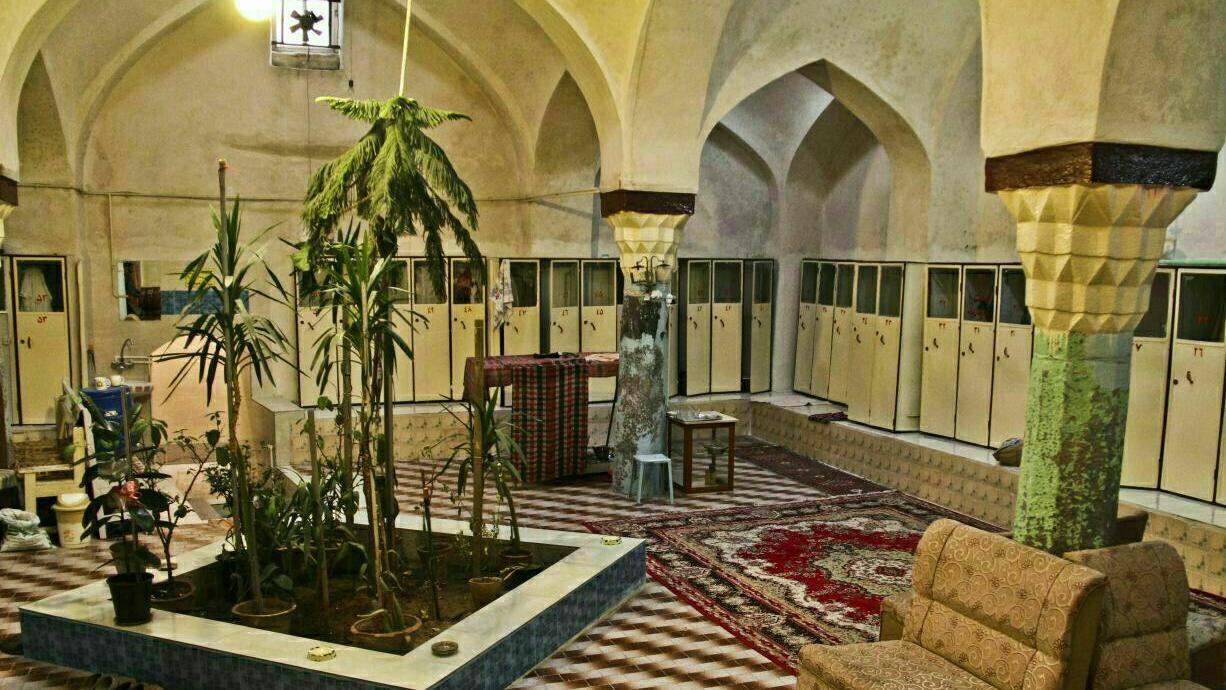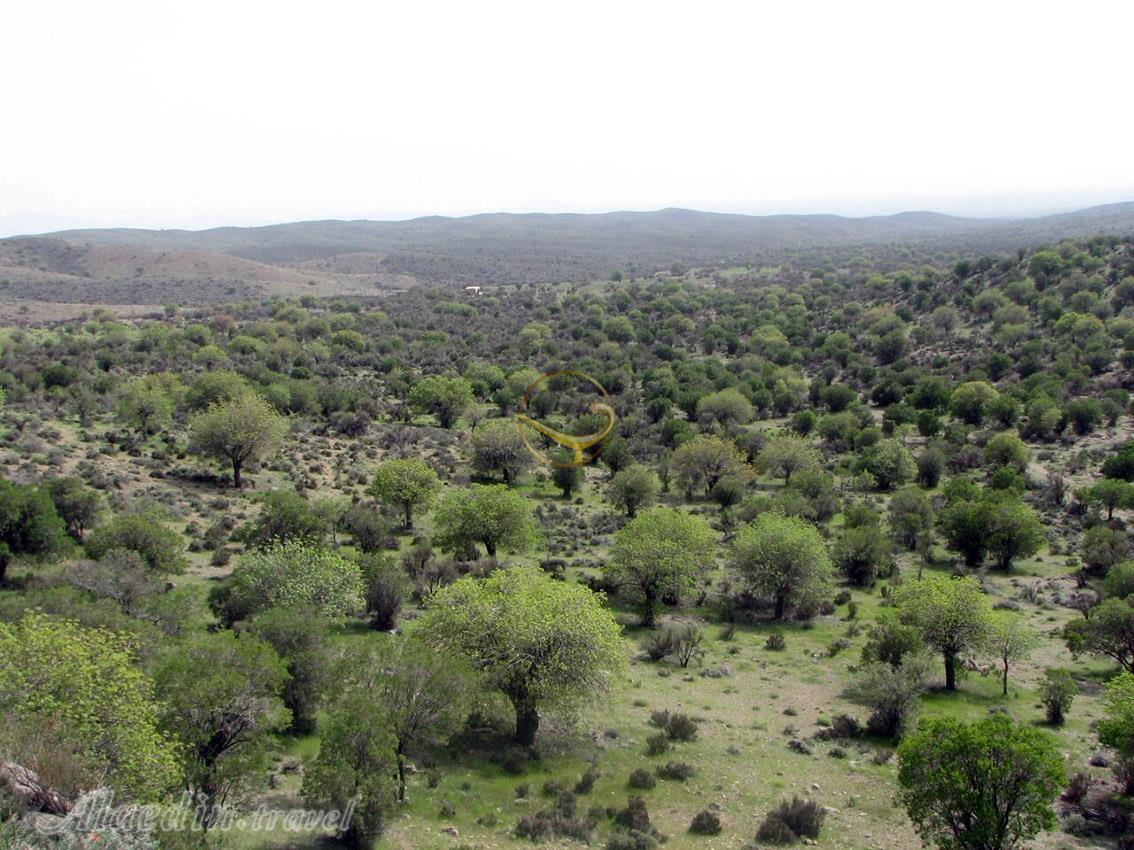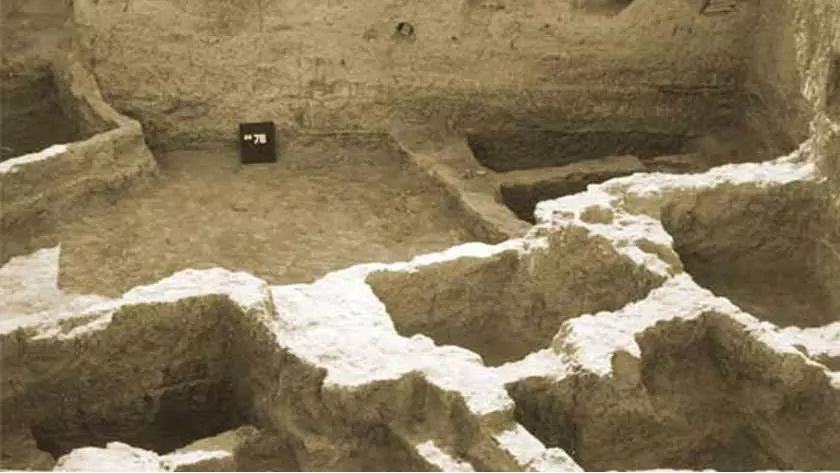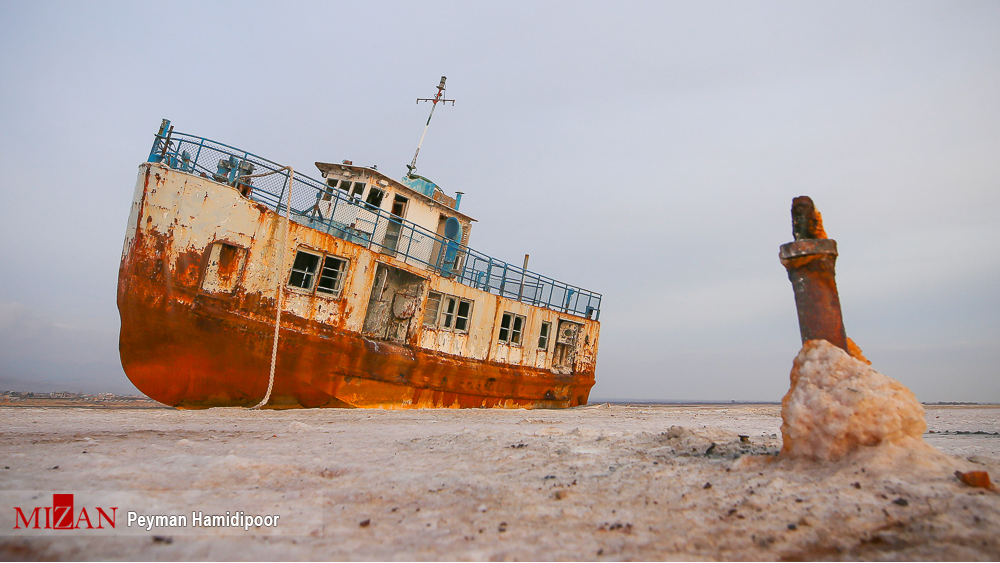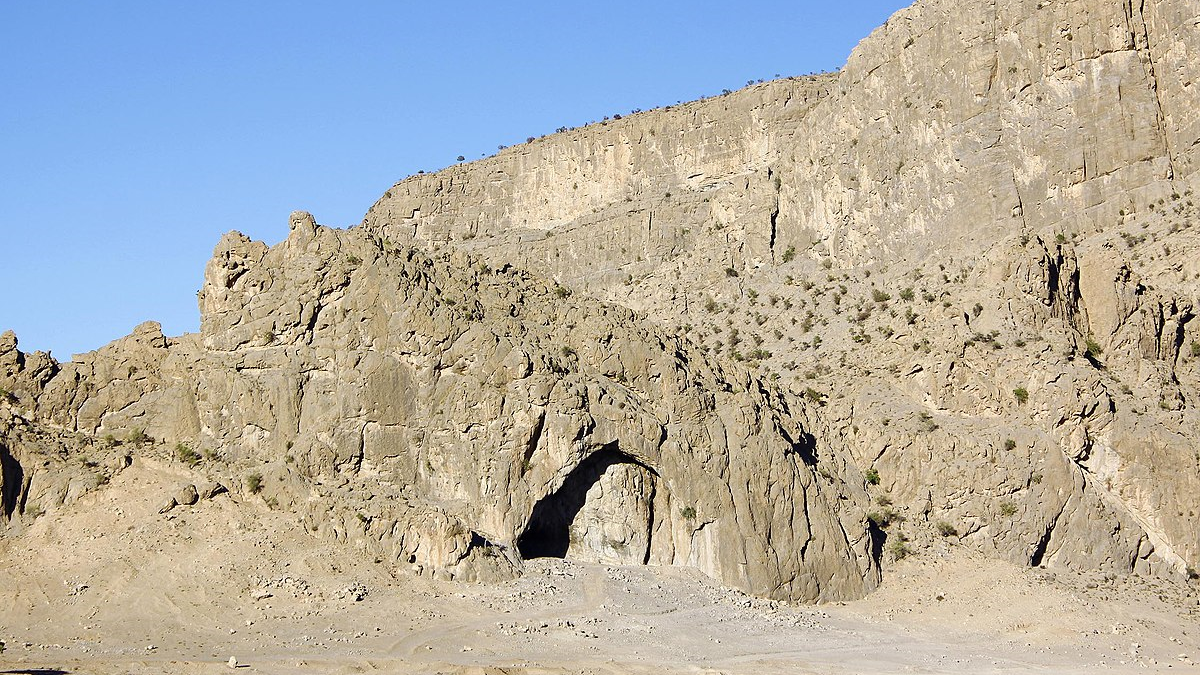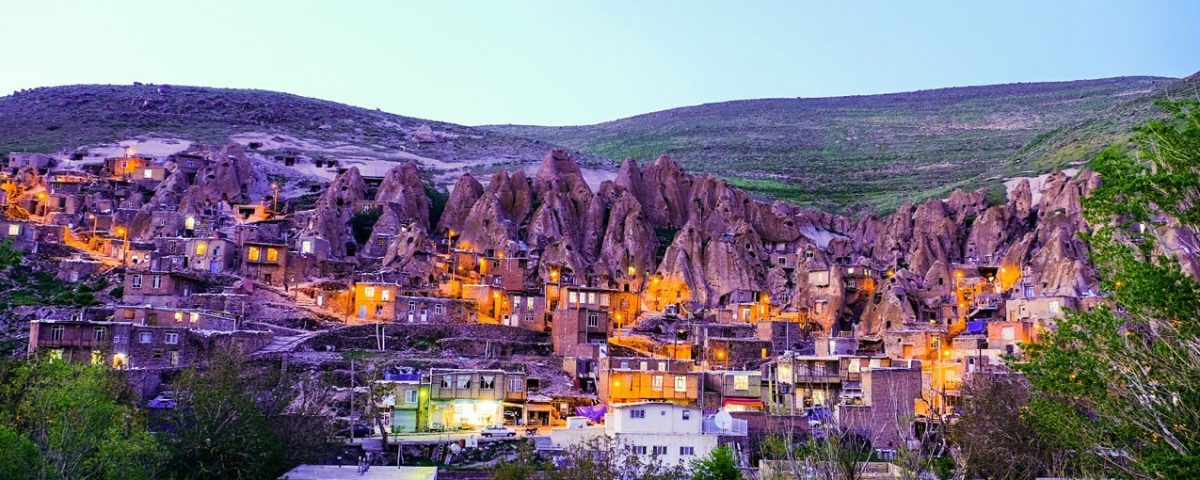
Kandovan Village
Kandovan Village
Kandovan is a historical village in the central district of Osku County and is situated in the valley of the Kandovan River. The village is 22 km from the southern part of Osku and 62 km from Tabriz.
The houses of this village, which are of rock architecture, were built in the seventh century AH/14th century CE. The village is built on conical and pyramidal-shaped hills of 60-meters height. More than a hundred stables, barns, and rural living rooms as well as two mosques, each with two stone pillars made of Lahar floors, have been excavated in the heart of these cones. This village also has a mineral water fountain, which is very useful for the treatment of kidney diseases.
| Name | Kandovan Village |
| Country | Iran |
| City | Kuchesfahan |
| Type | Historical |

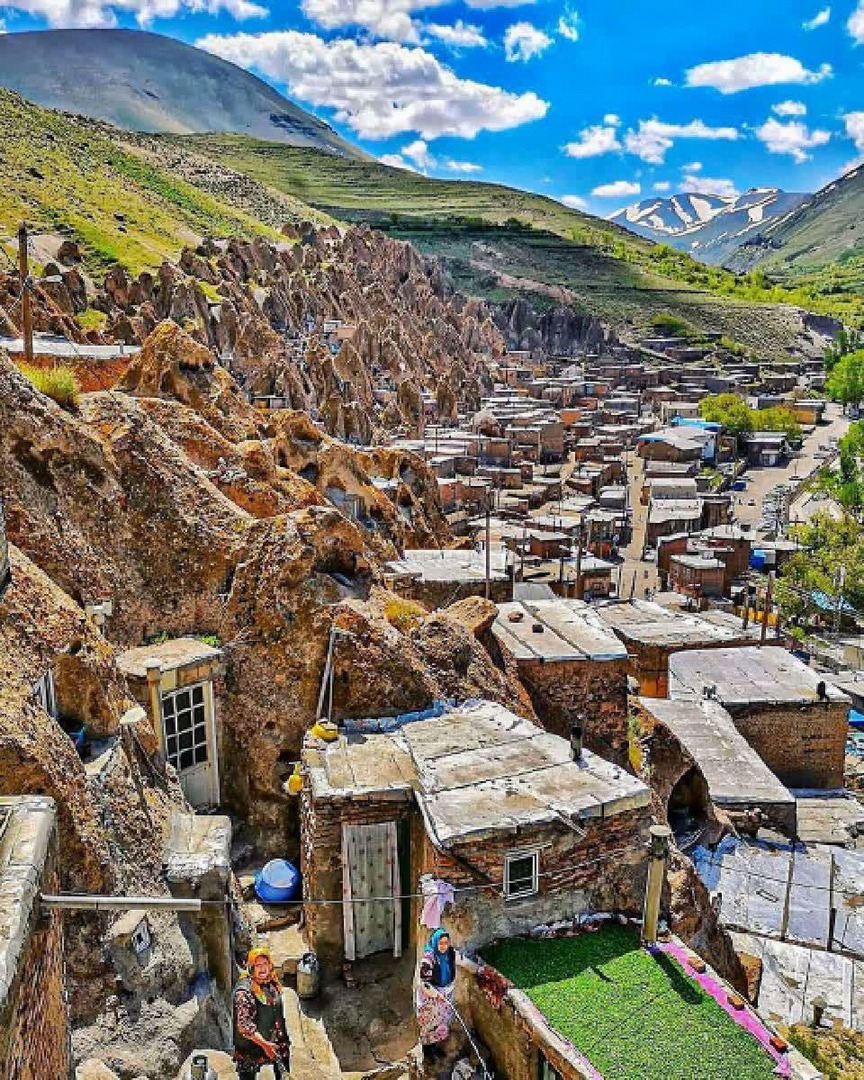
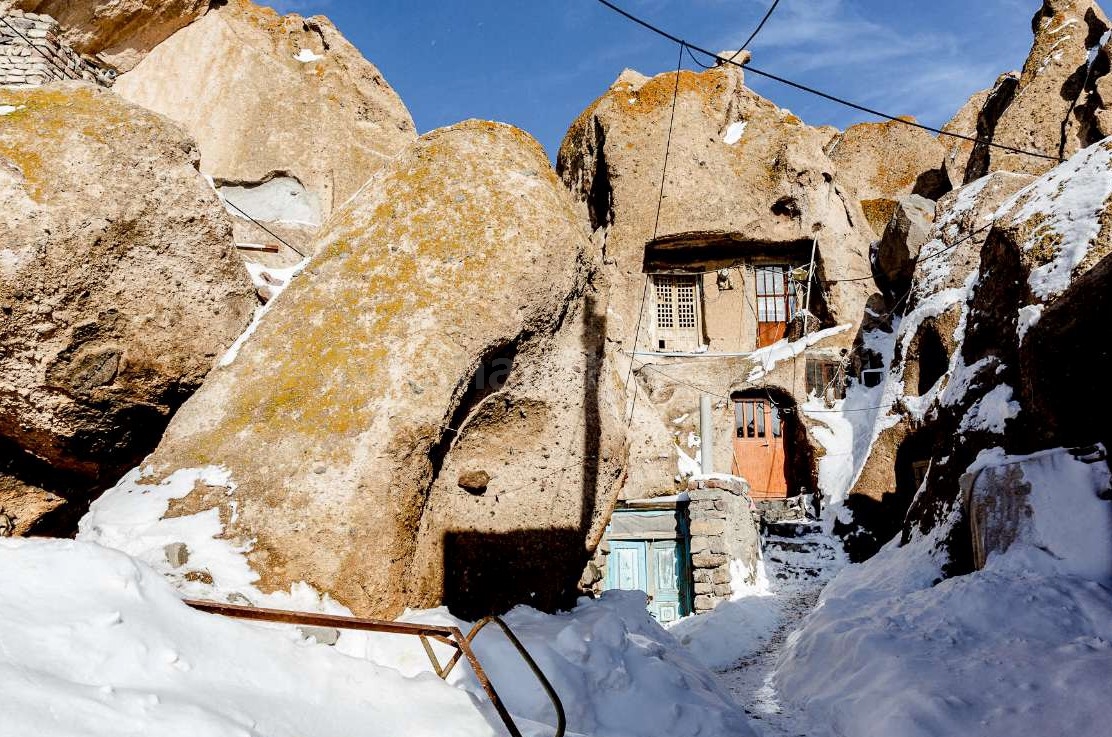
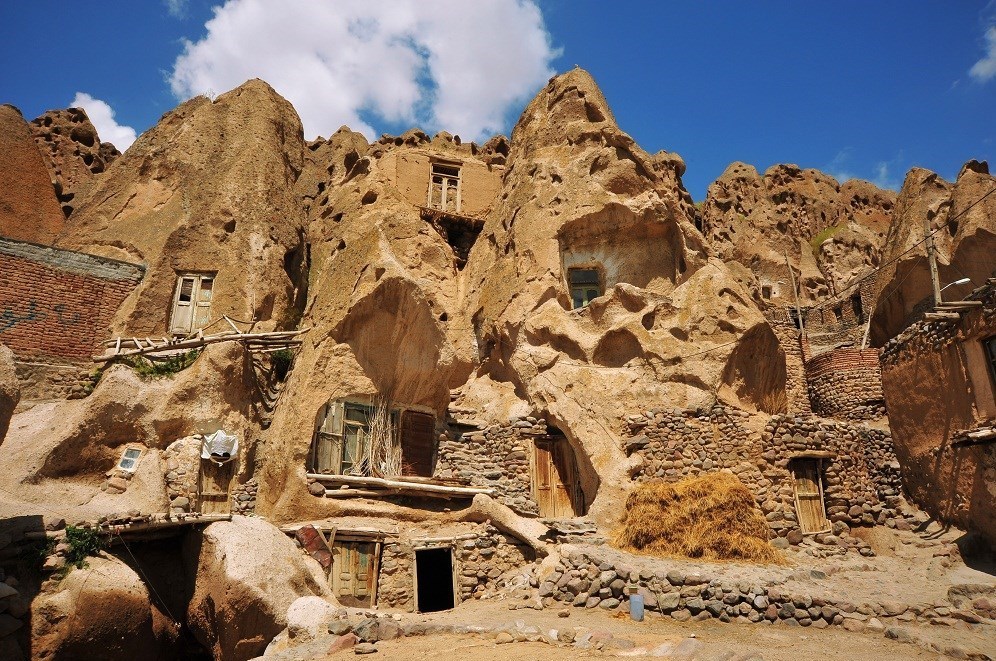
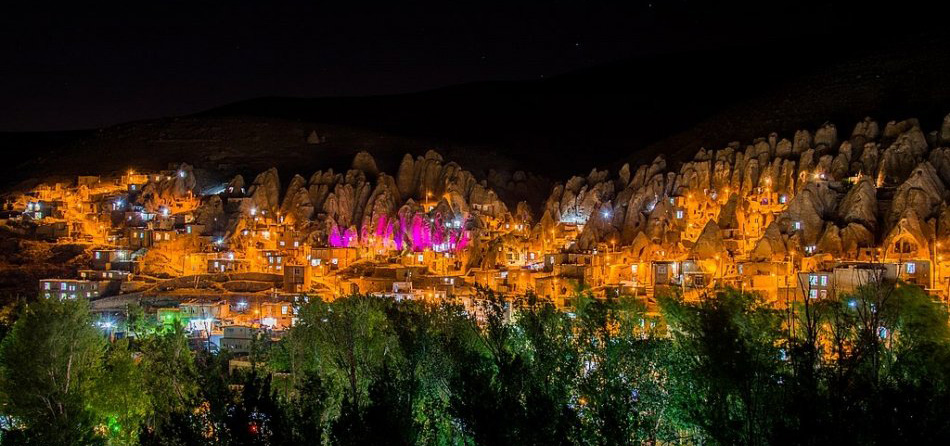
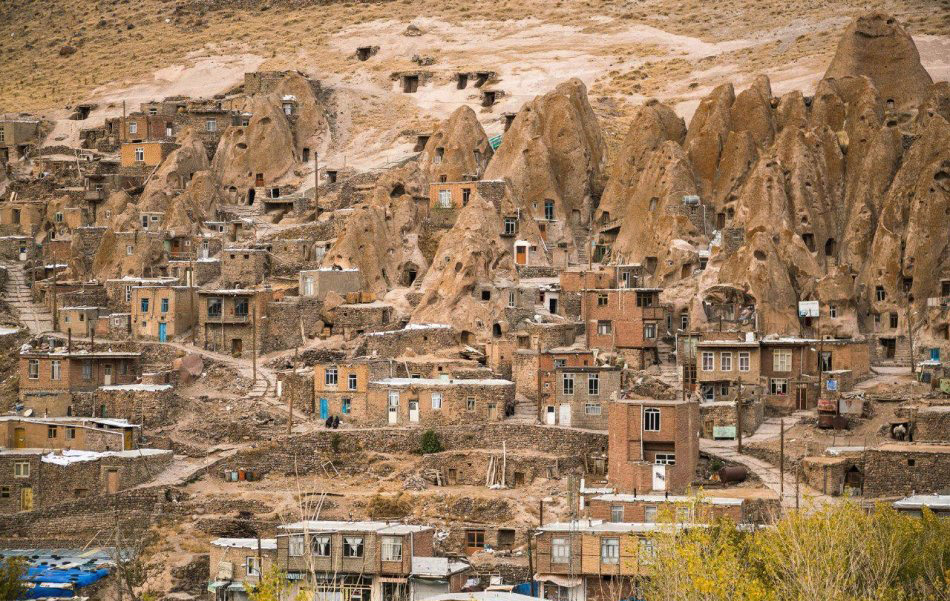
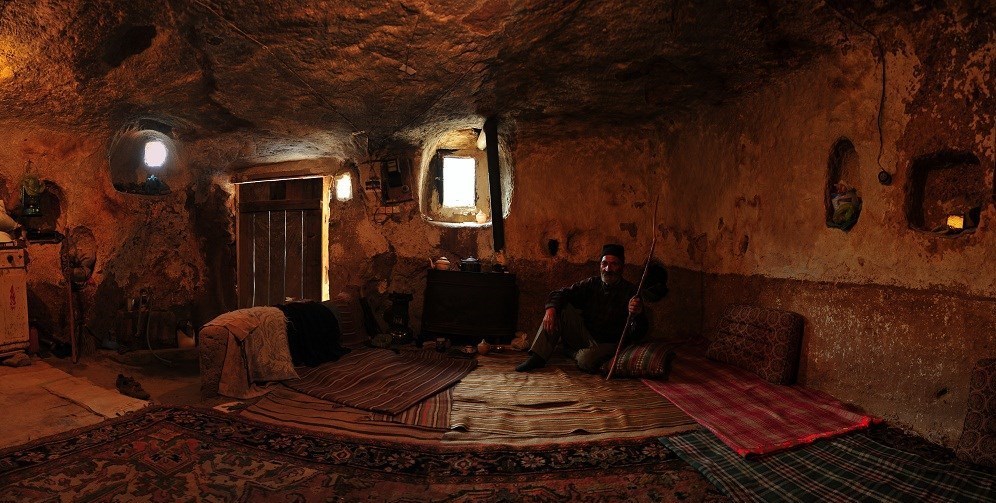
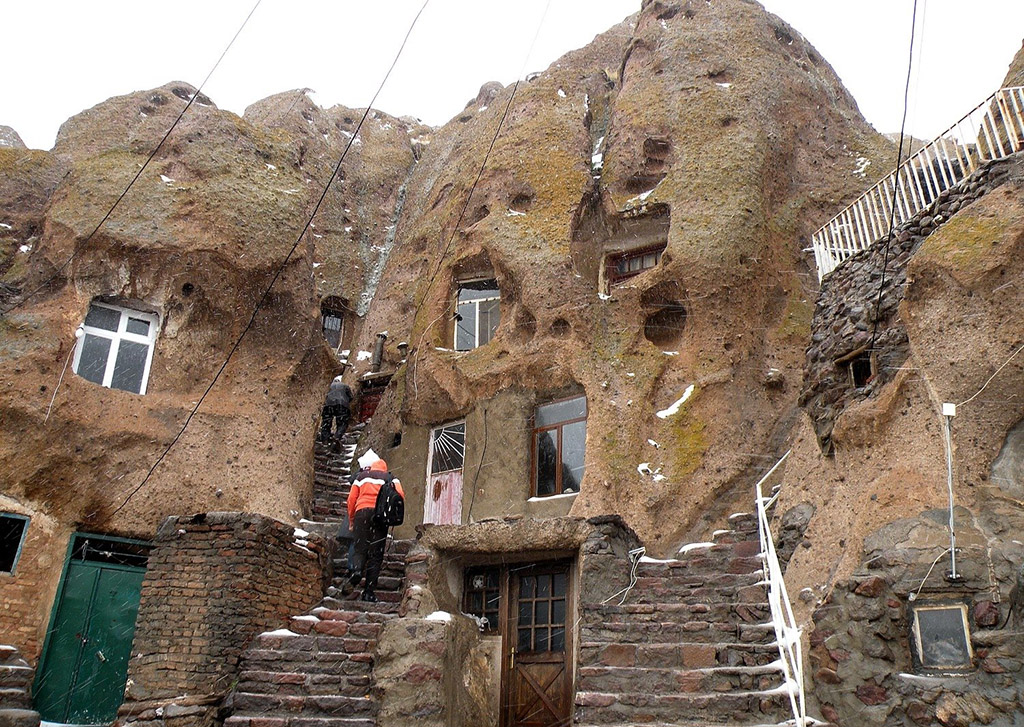
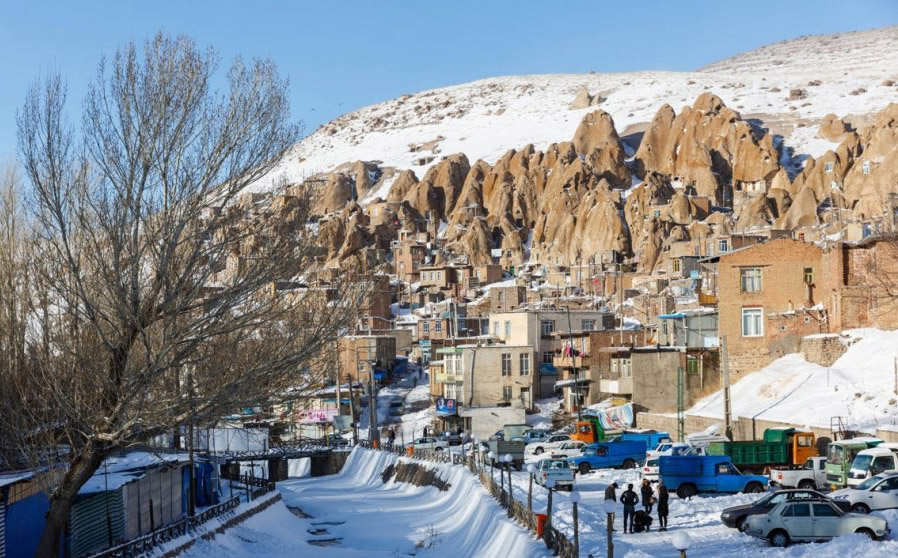
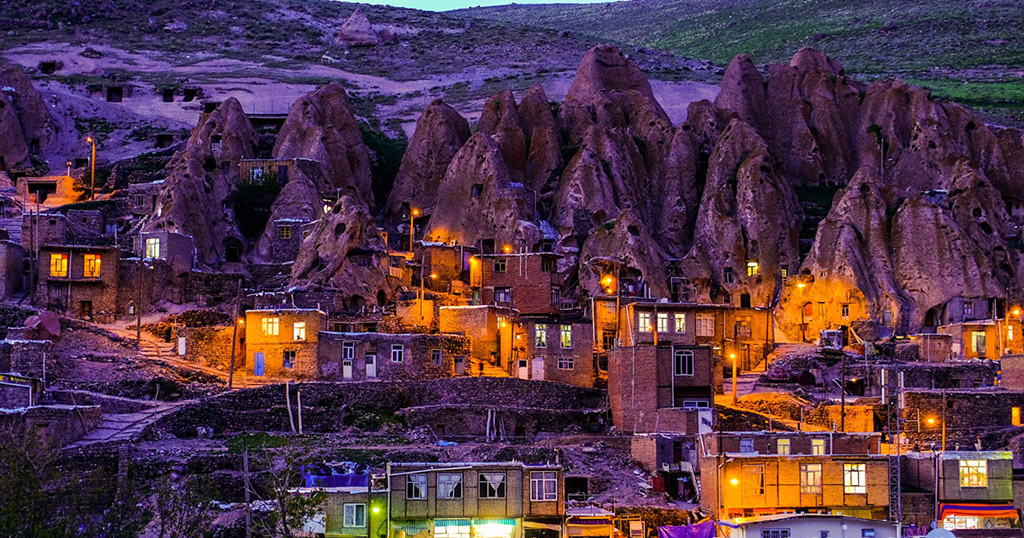











Kandovan Village
Kandovan is a historical village in the central district of Osku County and is situated in the valley of the Kandovan River. The village is 22 km from the southern part of Osku and 62 km from Tabriz.
The houses of this village, which are of rock architecture, were built in the seventh century AH/14th century CE. The village is built on conical and pyramidal-shaped hills of 60-meters height. More than a hundred stables, barns, and rural living rooms as well as two mosques, each with two stone pillars made of Lahar floors, have been excavated in the heart of these cones. This village also has a mineral water fountain, which is very useful for the treatment of kidney diseases.
| Name | Kandovan Village |
| Country | Iran |
| Type | Historical |
| Registration | National |



The Ancient Kandovan Village
Kandovan Village: A Village Carved in Rocks
Kandovan Village is located 18 km from Esko and 48 km from Tabriz, at the foot of Mount Sultan Daghi. According to some experts, human habitation in this area dates back around seven thousand years.
History of Kandovan Village
Some scholars believe that the area of Kandovan has been inhabited for about seven millennia. However, the village as it exists today is thought to have been established in the 13th century AD. Most likely, the first residents were people from Hilehvar Village, located 2 km west of Kandovan, who sought refuge from Mongol invasions.
Other theories about the village’s origin exist. Some suggest that nomads, who migrated to this area during the hot season, initially dug temporary homes in the rocks and later settled permanently to escape the hardships of nomadic life. Others believe that the village began as military bunkers, which over time were converted into homes.
It appears that the first houses were dug around the site of the village’s old mosque, and as the population grew, new homes were added to the east and later to the west of the original houses. According to local tradition, every young man was required to have a house in the rocks to marry a girl from the village.
Features of Kandovan Village
Kandovan is situated in the Vidhar (or Oskuchay) valley of Mount Sahand. Its climate is cold and harsh in winter and mild in summer. A nearby mineral spring, renowned for its healing properties, adds to the village’s significance.
From a distance, Kandovan appears as a collection of tall rocks. On closer inspection, doors and windows carved into the rocks become visible. The rock-hewn houses are durable and habitable even after centuries, requiring no major repairs.
The houses typically have two stories: the ground floor contains the kitchen, storeroom, and stables, while the upper floor houses the dining room, bedrooms, and living areas. In terms of architecture, Kandovan is often compared to Göreme in Cappadocia, Turkey, due to its rock-carved dwellings.
The Meaning of Kandovan
Historically, the village was called Kandjan, derived from the verb “kandan” meaning to dig, referencing the dug-out homes in the volcanic rocks of Mount Sahand.
Some believe the name comes from the villagers’ apiculture activities: “Kando” meaning beehive, reflecting the prevalence of beekeeping in the area. Another interpretation suggests that Kandovan originates from “Kandivan”, combining the words Kandi, Eo, Van, meaning one’s own house, highlighting the independence of each family in digging and inhabiting their private homes.
Unique Features
The most remarkable feature of Kandovan is its rock-carved houses, which exemplify a harmonious coexistence of humans and nature. The villagers have adapted to the environment with minimal disruption, yet they have enhanced the beauty of their homes through decorated doors, windows, and skylights.
Heritage Status
The ancient Kandovan Village was officially inscribed on Iran’s National Heritage List in 1997, recognizing its unique cultural, historical, and architectural value.
| Name | The Ancient Kandovan Village |
| Country | Iran |
| State | East Azerbaijan |
| City | Osku |
| Type | Historical |
| Registration | National |
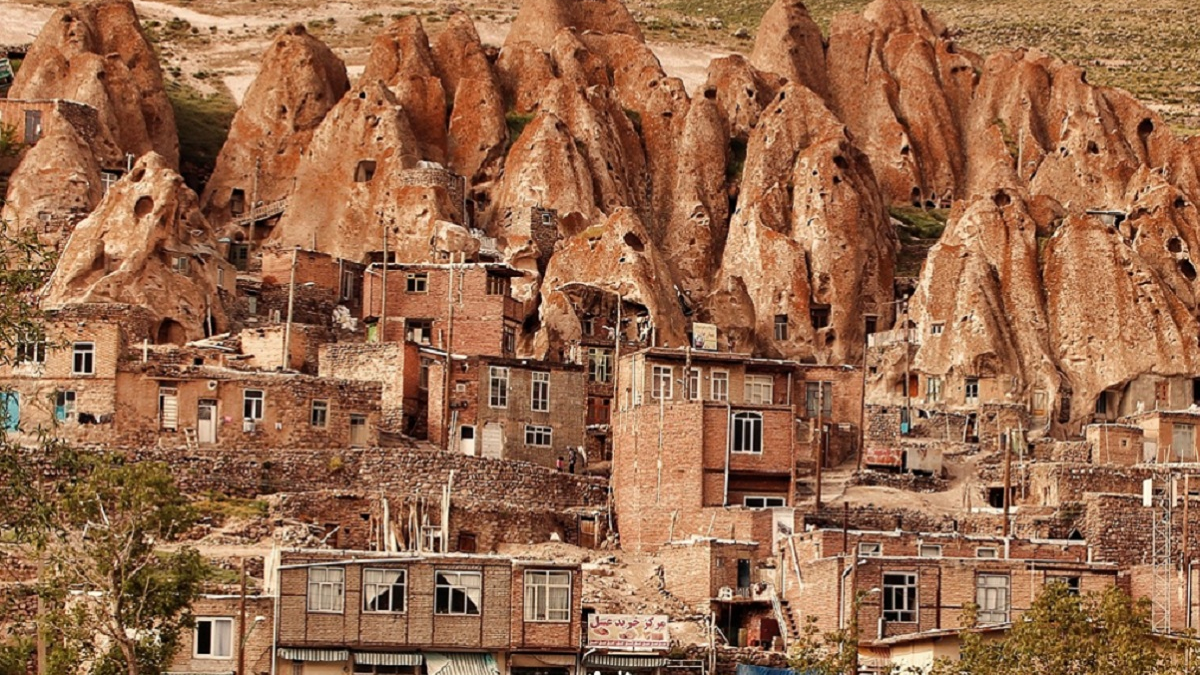
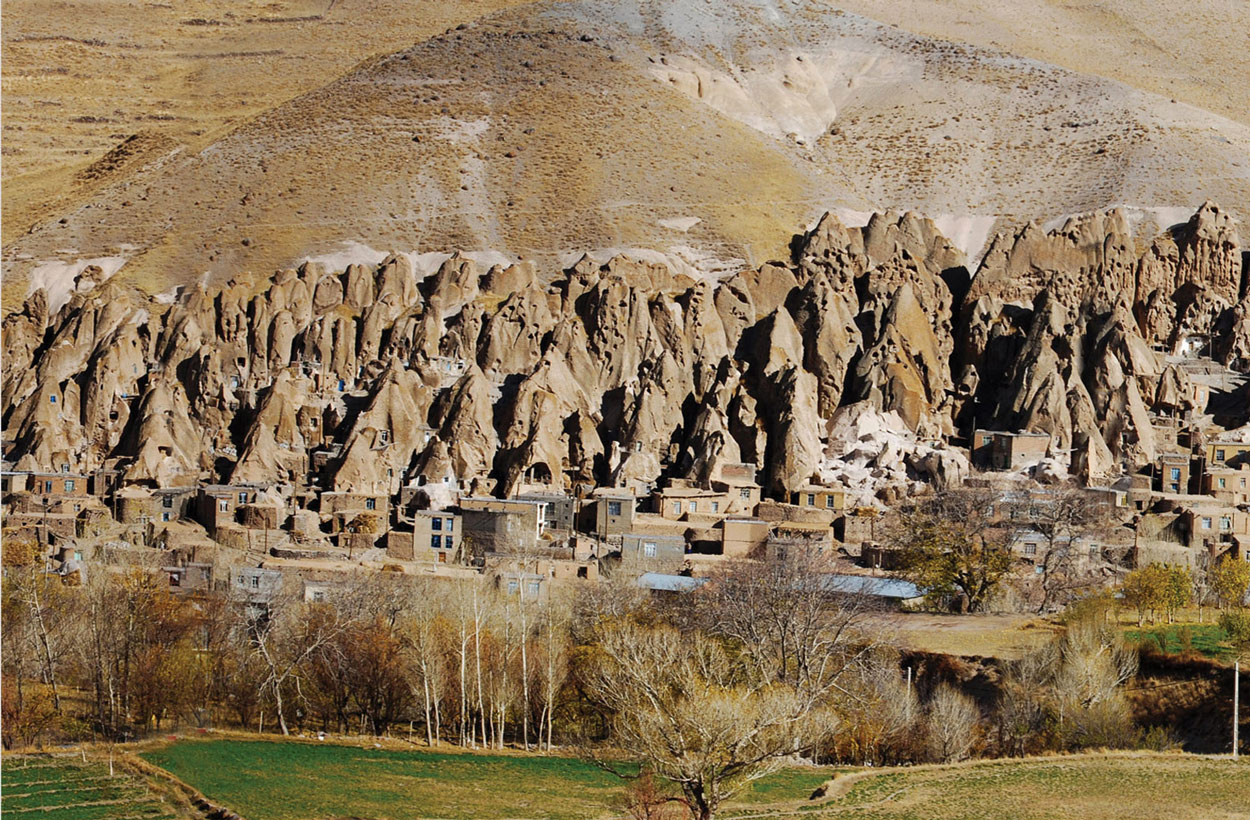
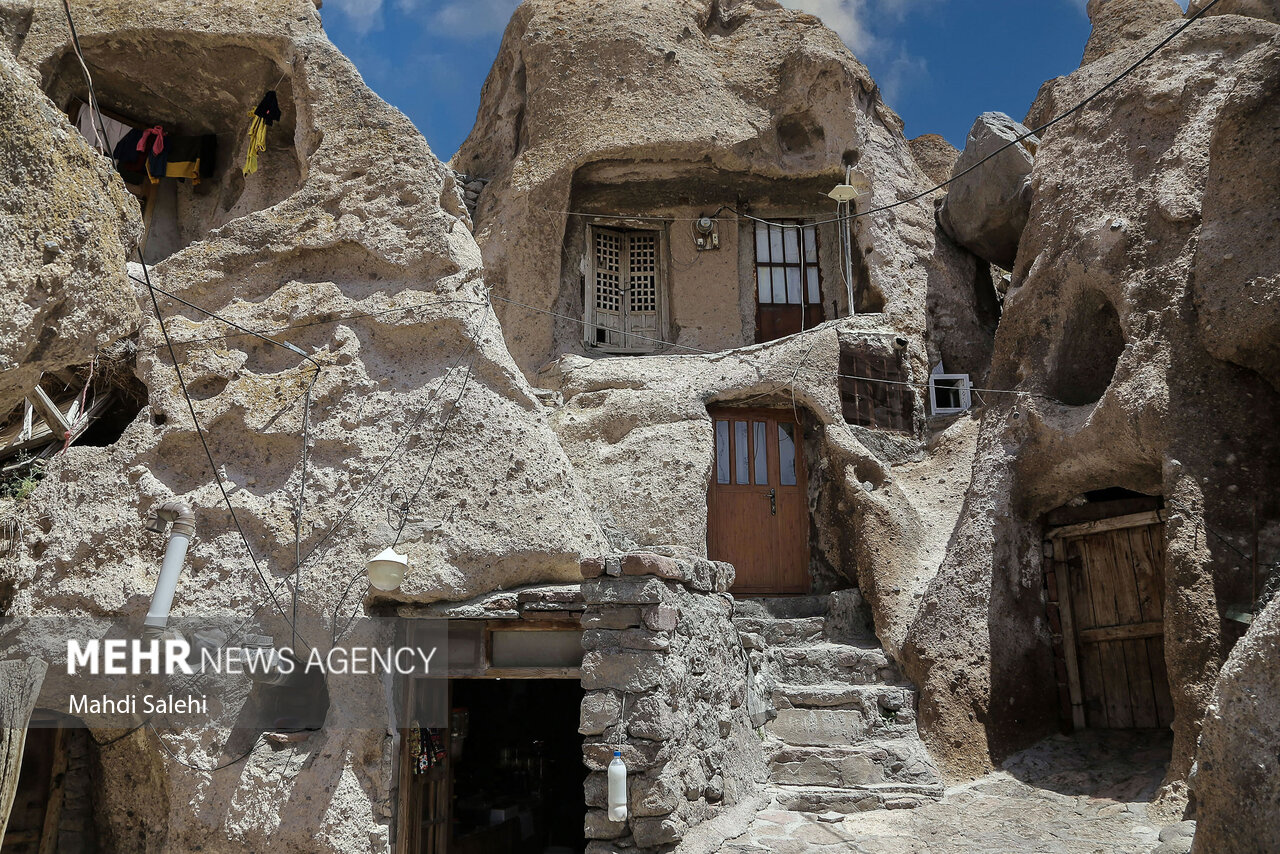
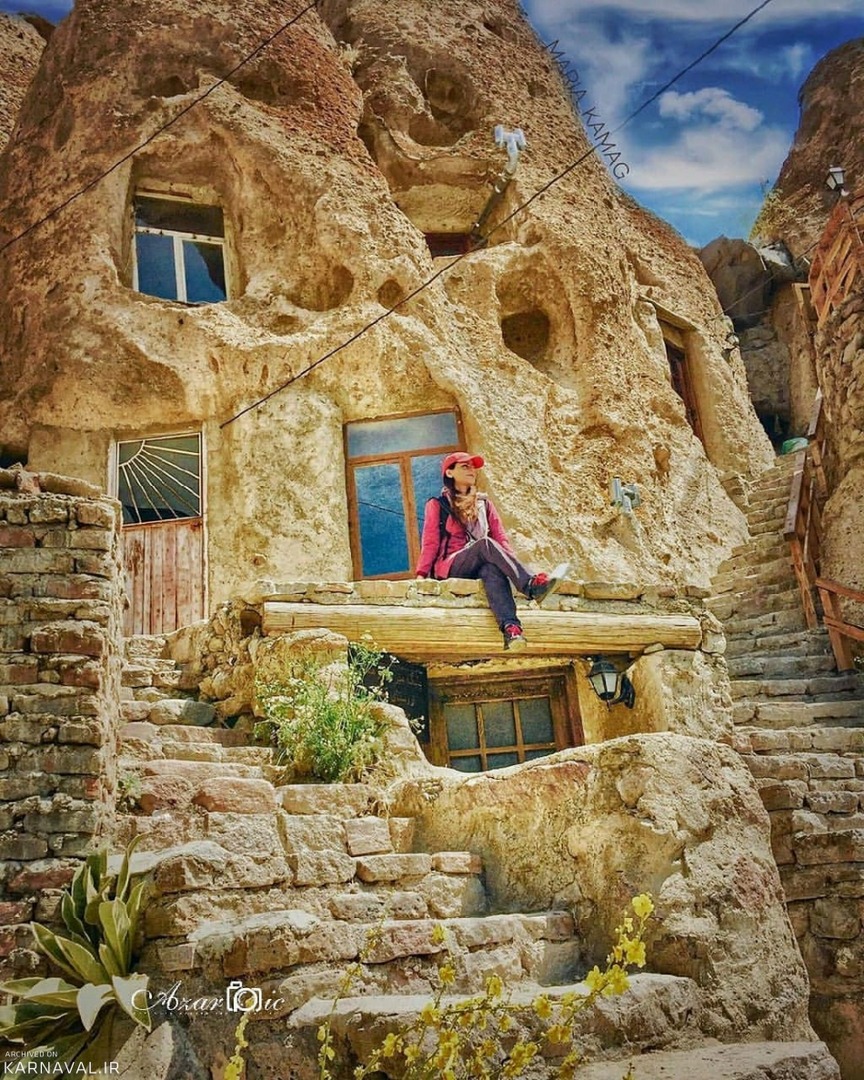
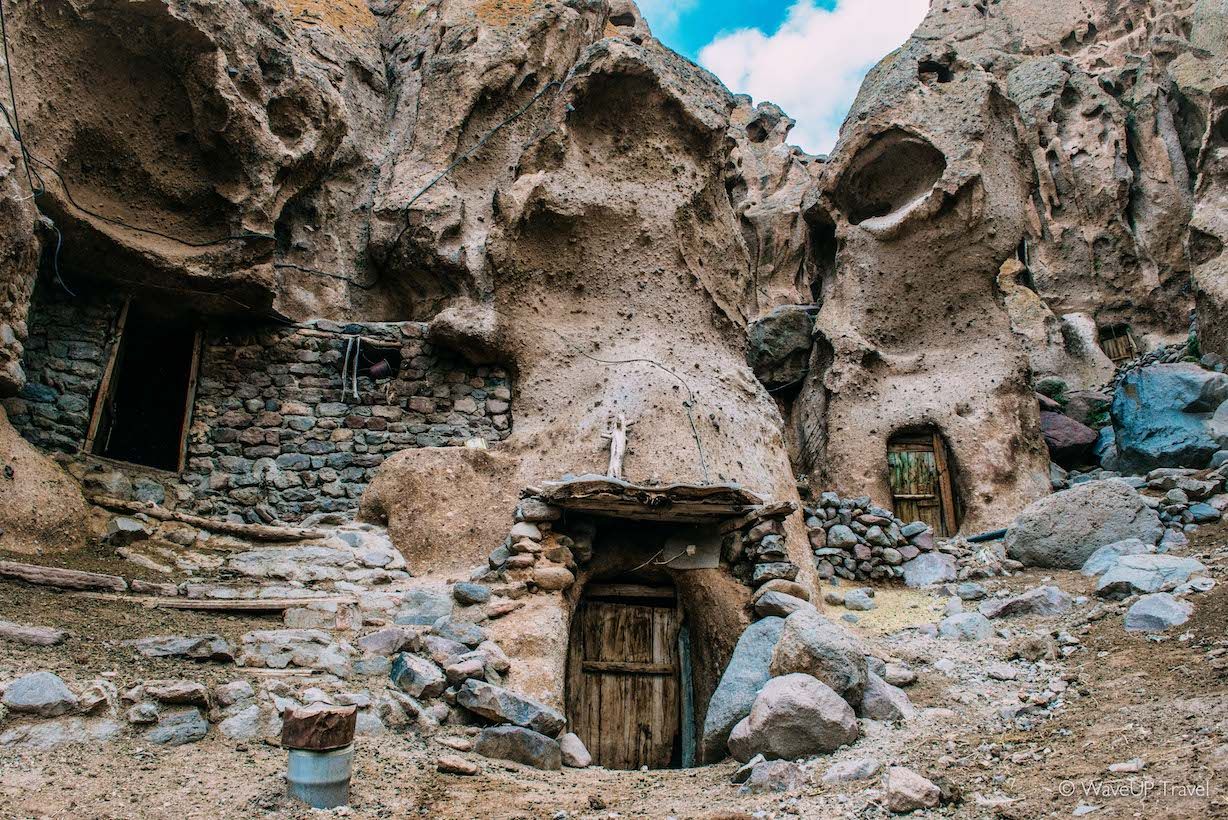
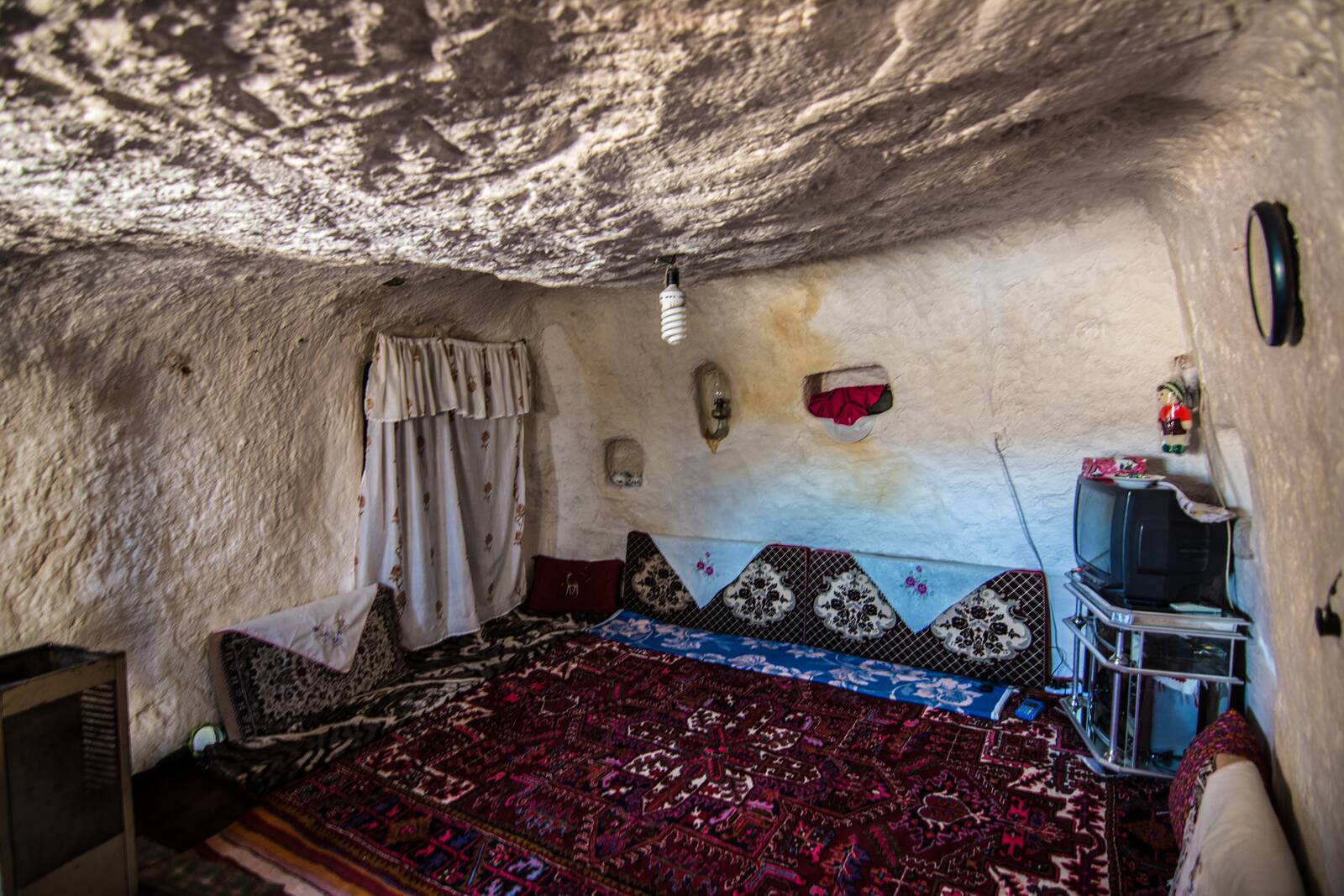
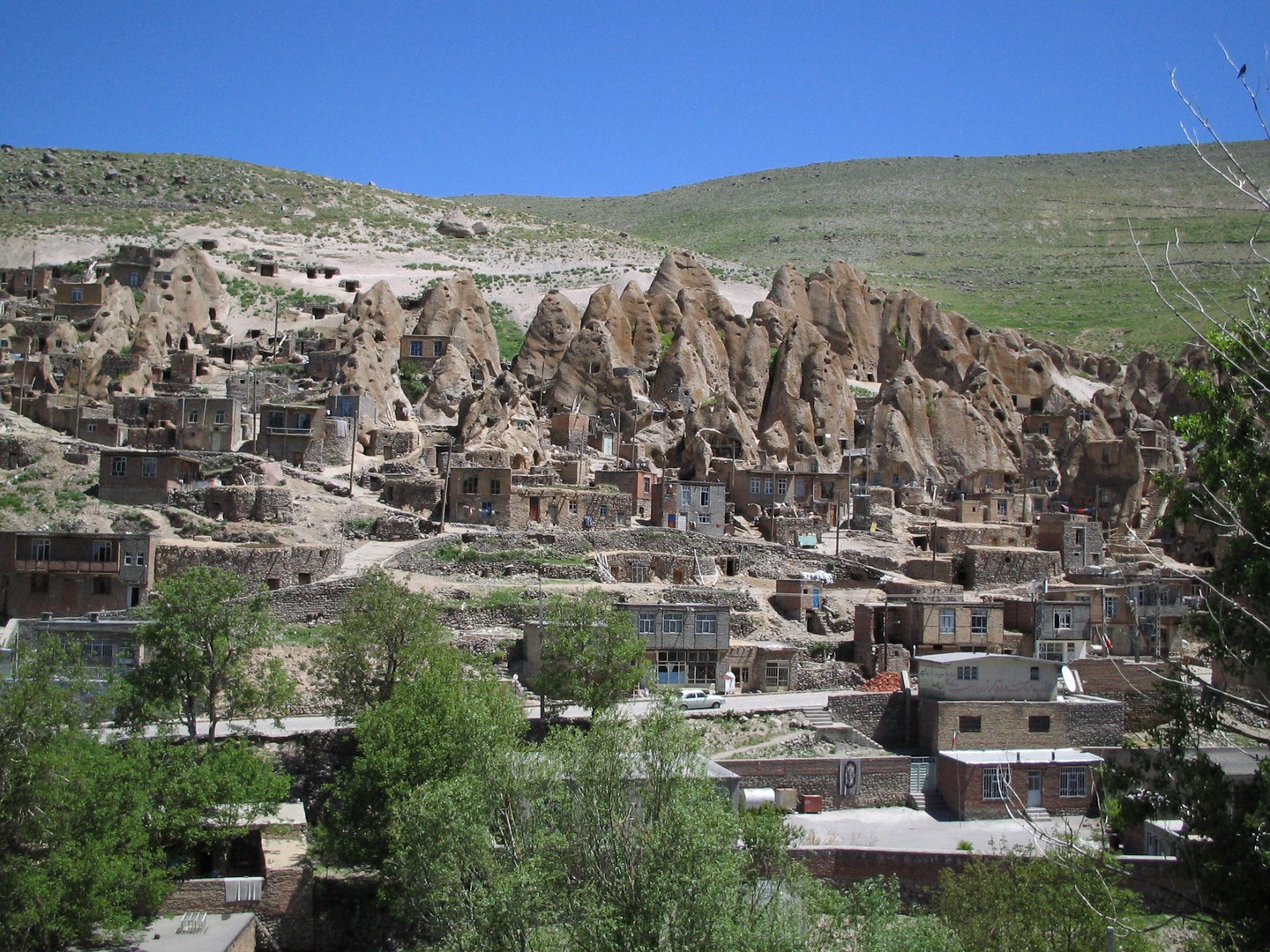







Choose blindless
Red blindless Green blindless Blue blindless Red hard to see Green hard to see Blue hard to see Monochrome Special MonochromeFont size change:
Change word spacing:
Change line height:
Change mouse type:
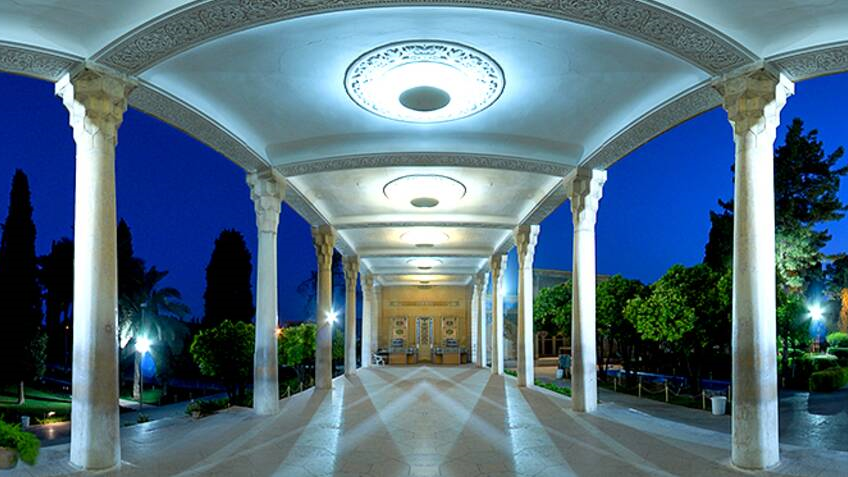
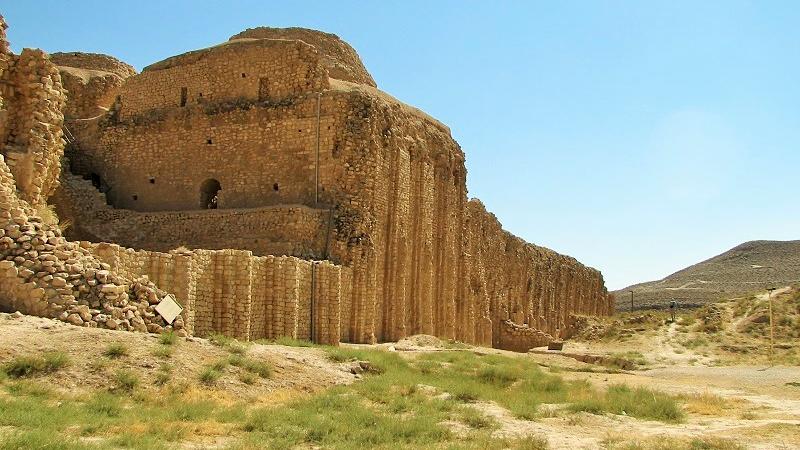

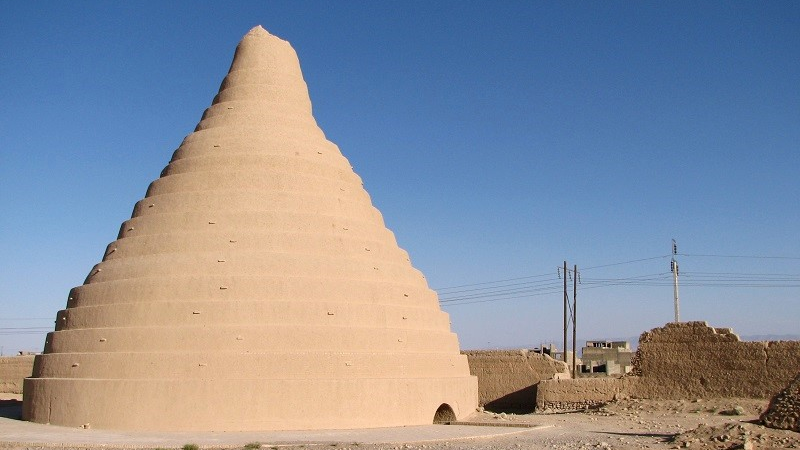
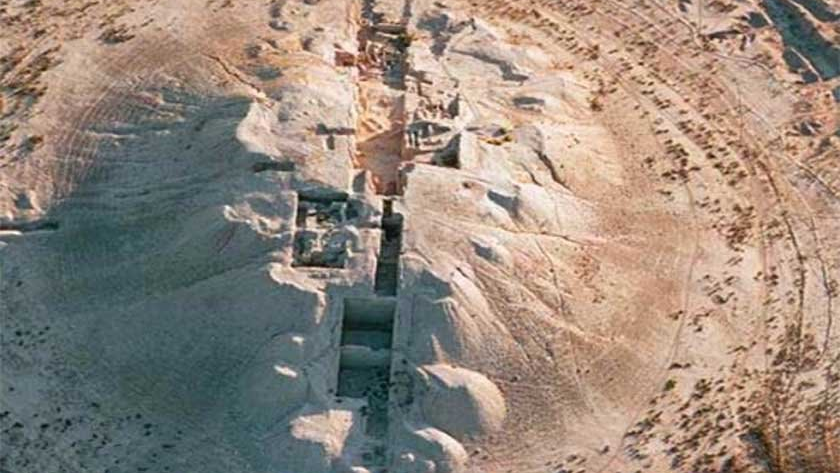
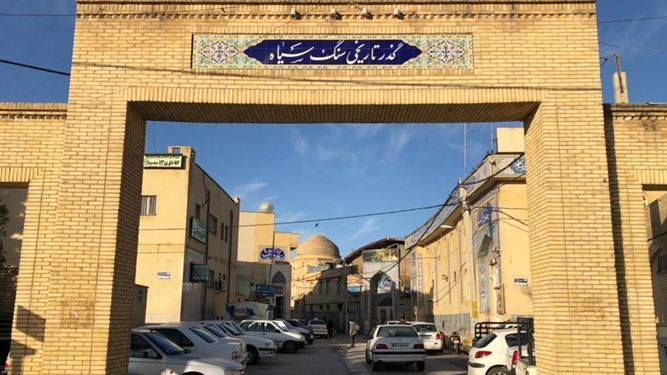
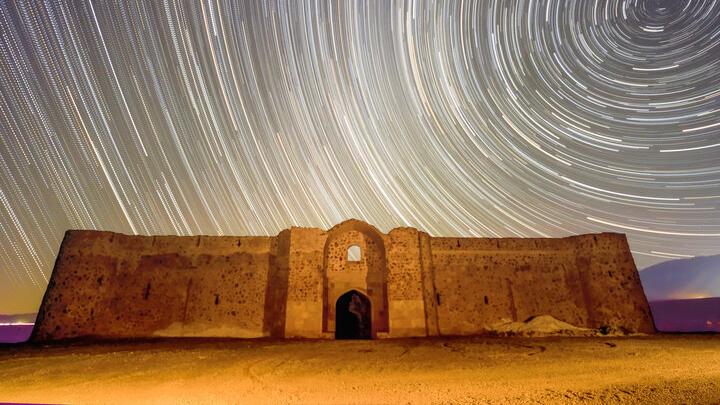
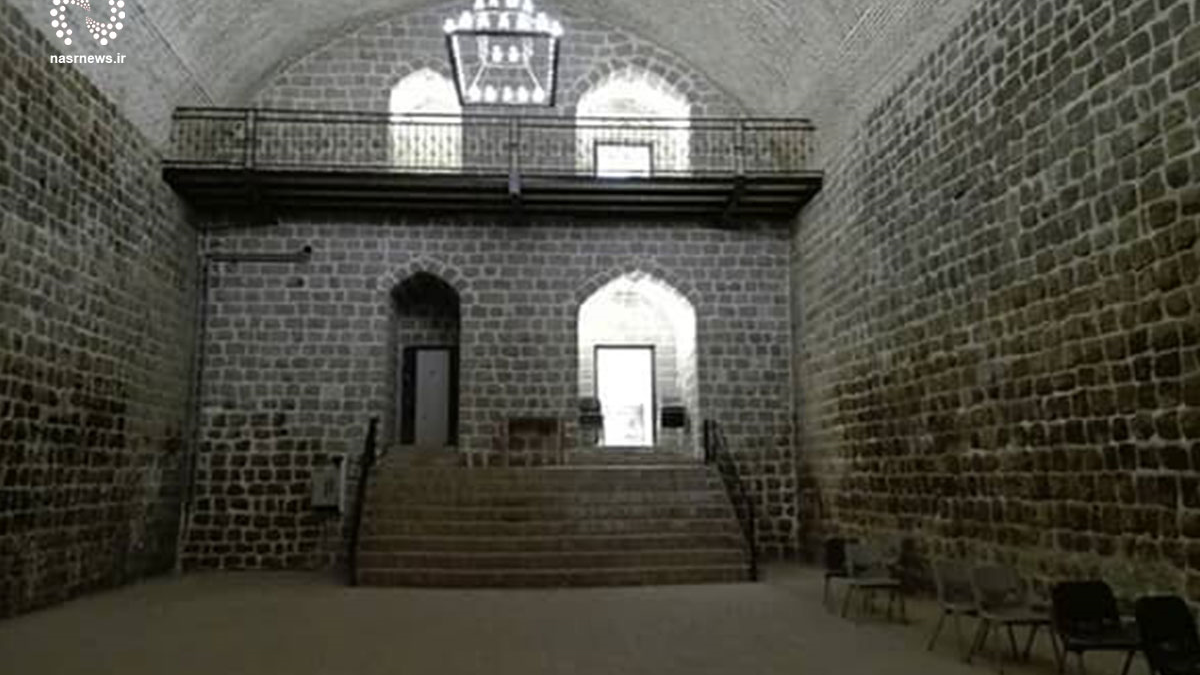
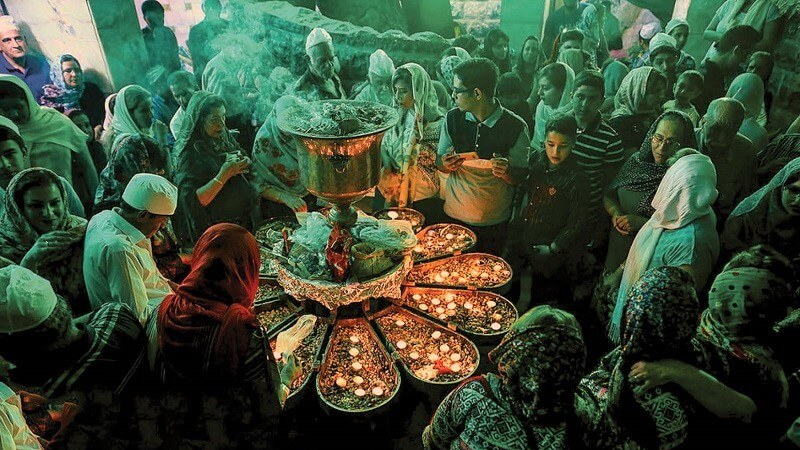

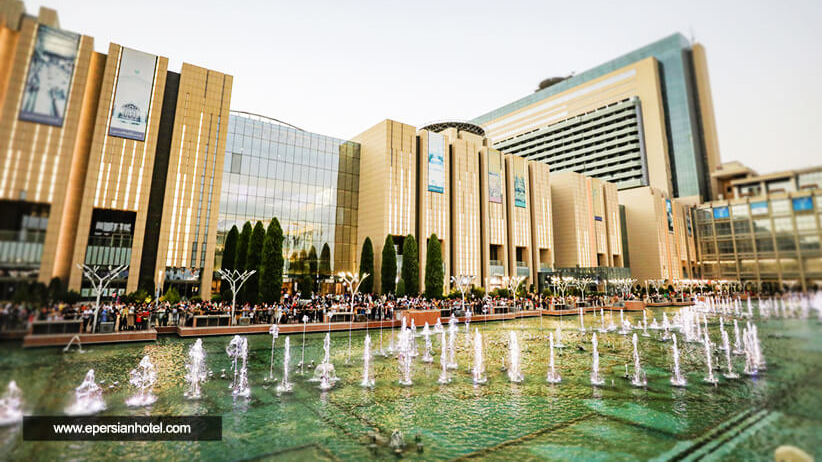
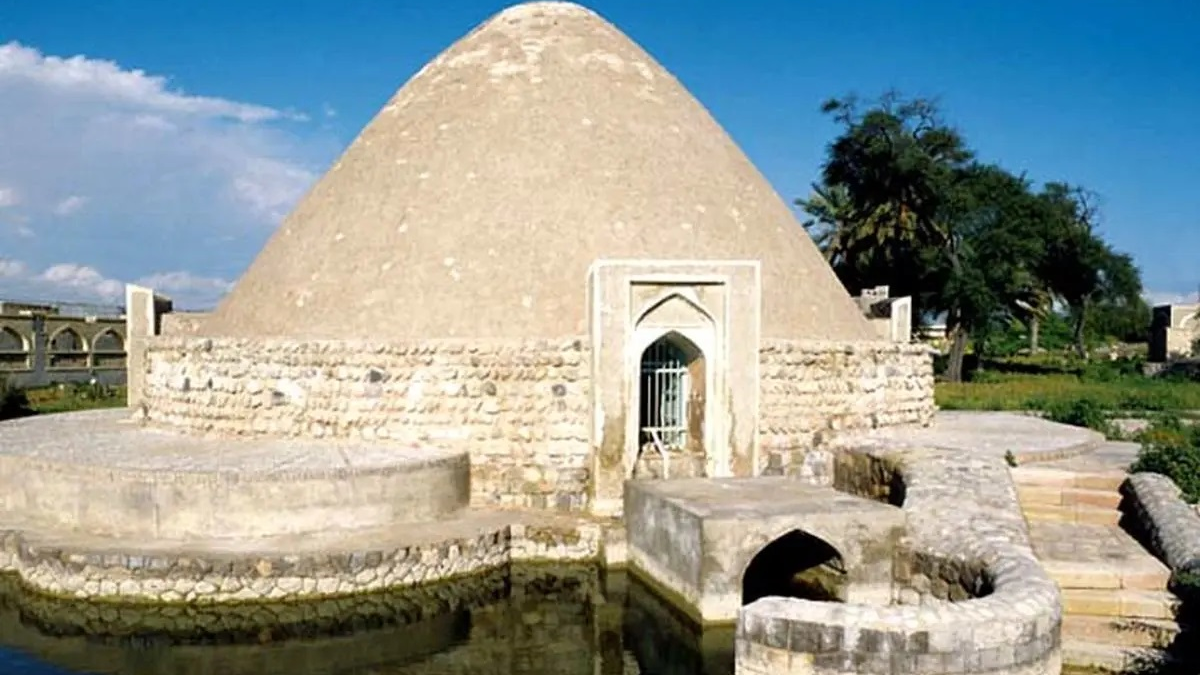
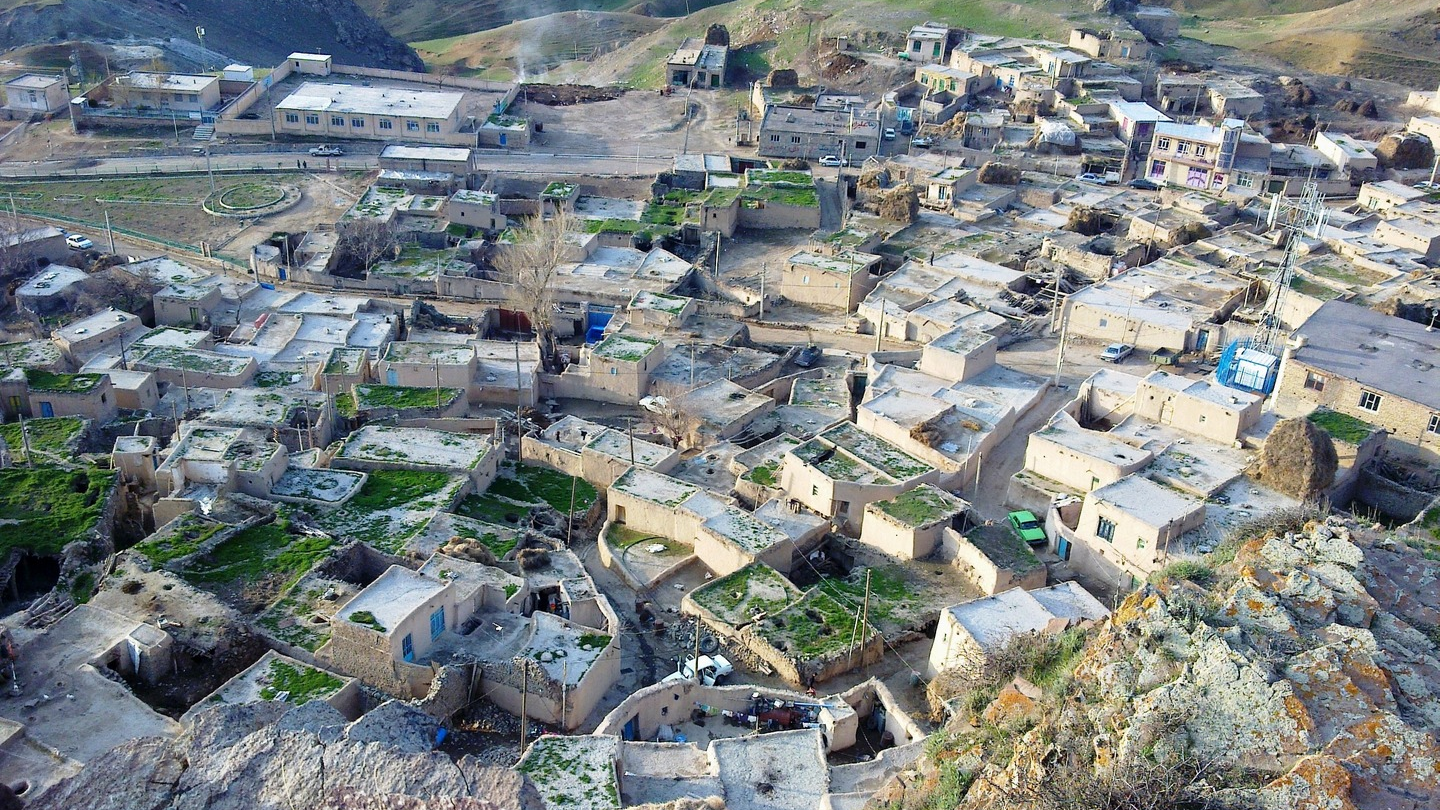
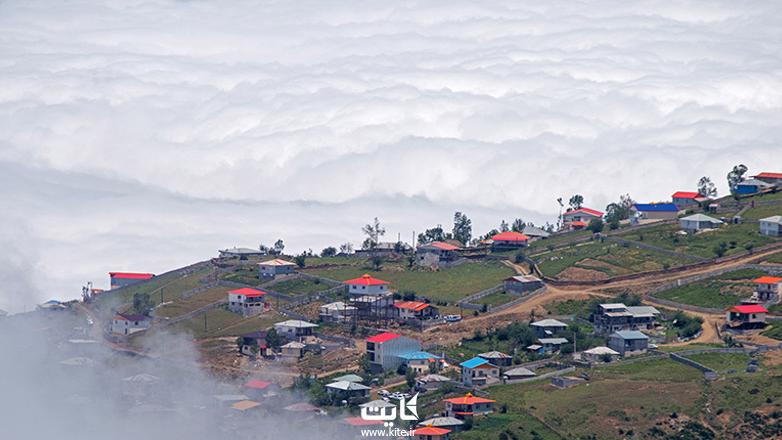
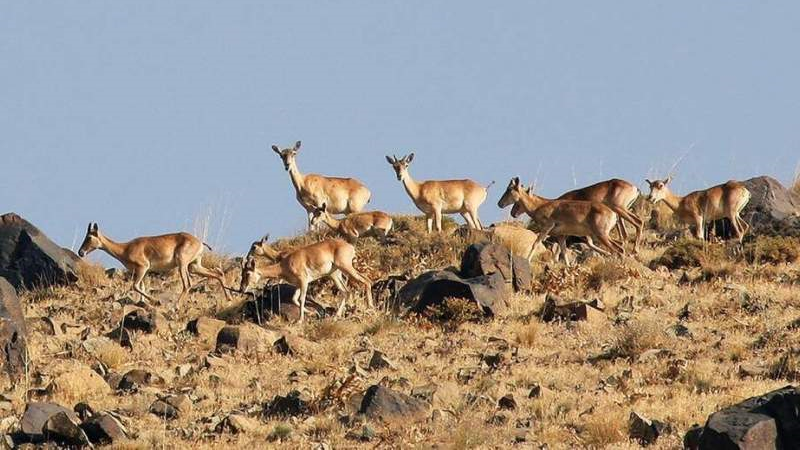
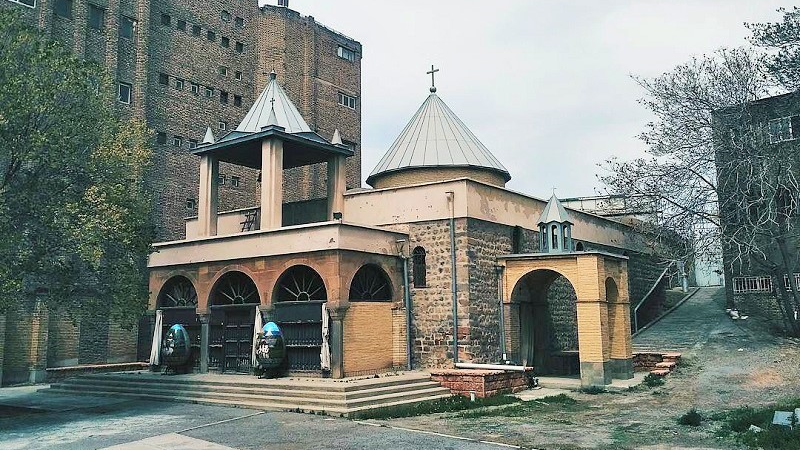
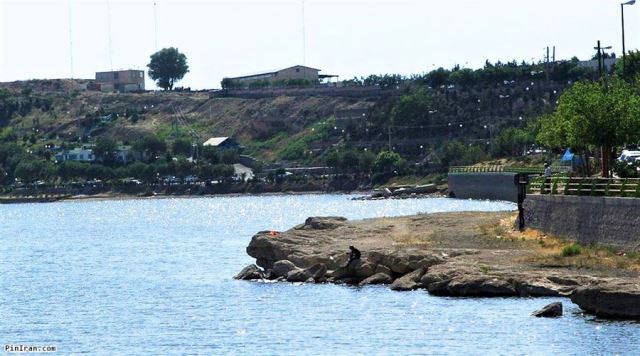
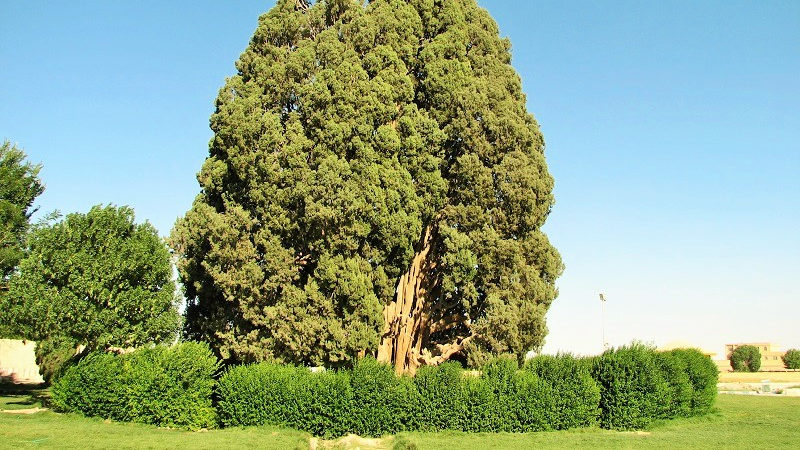
 در تخت جمشید_crop_2.jpg)

